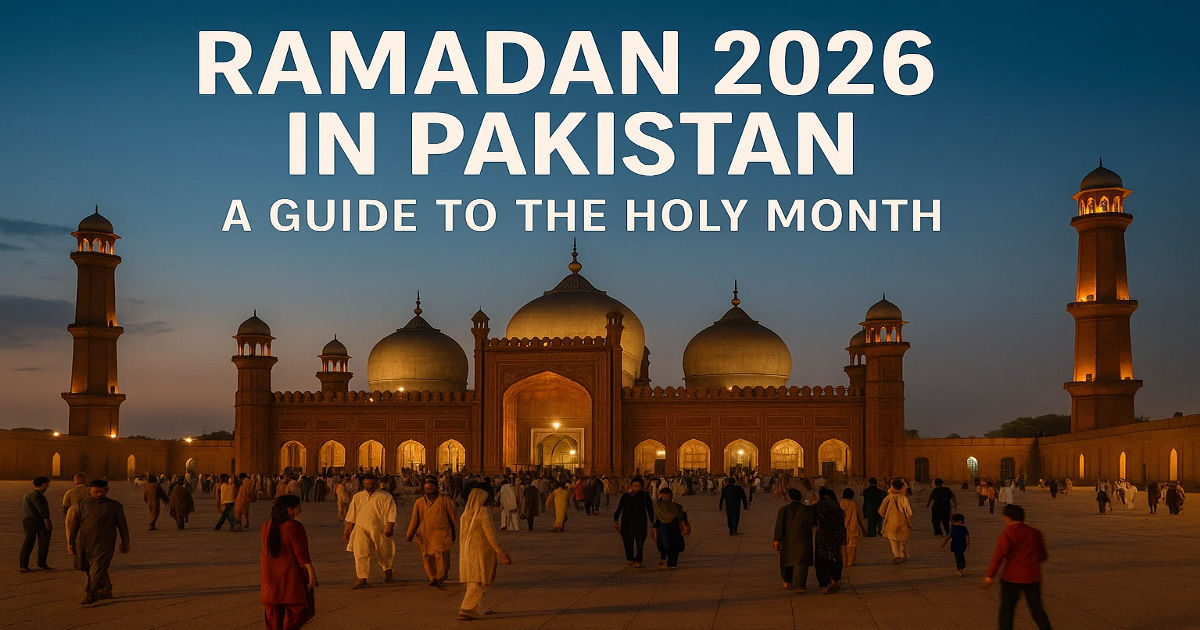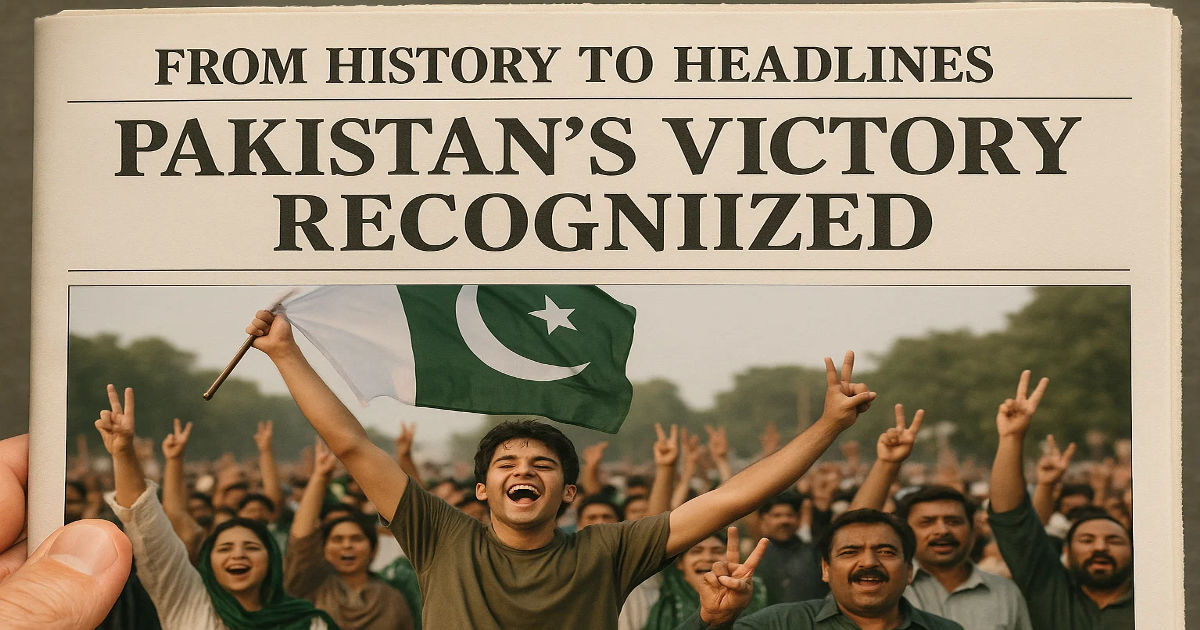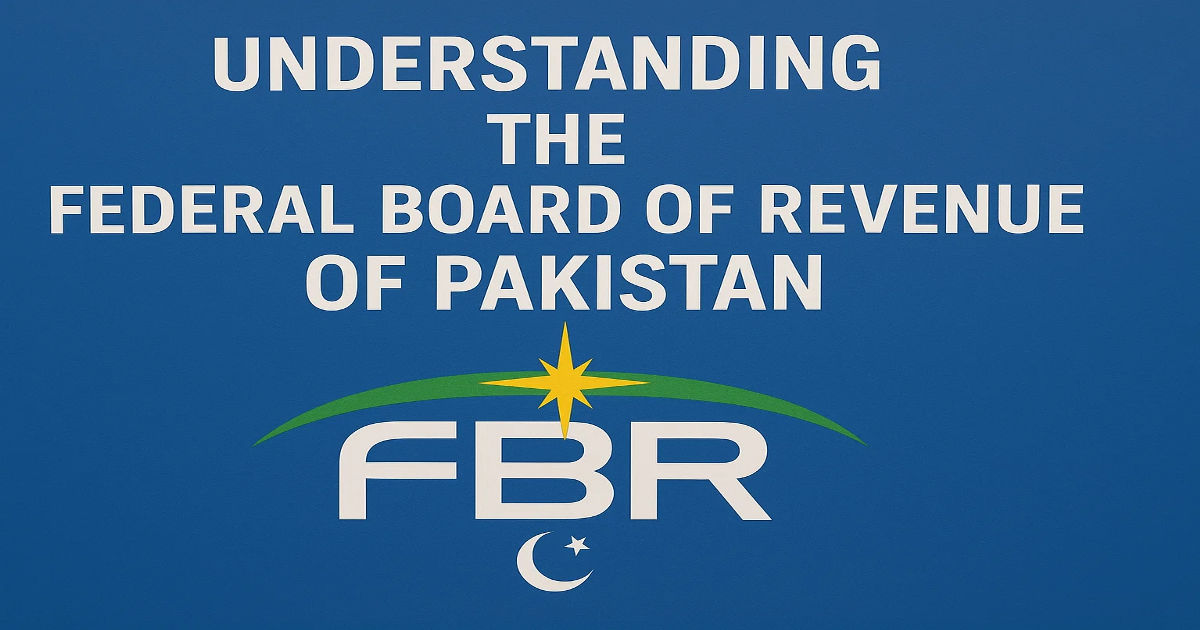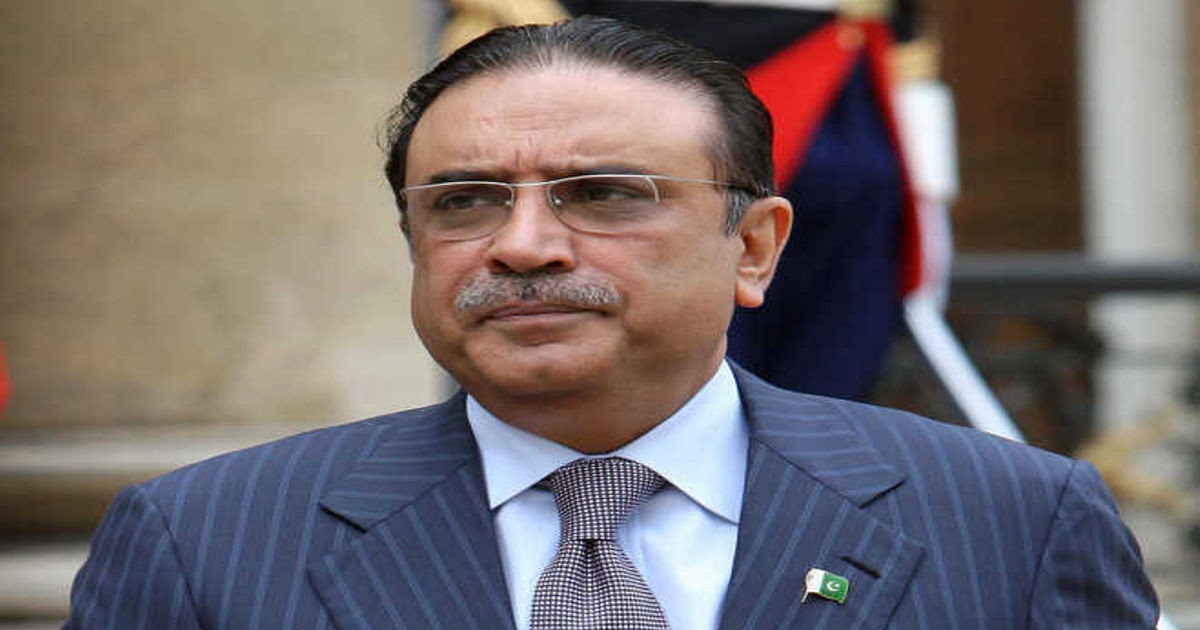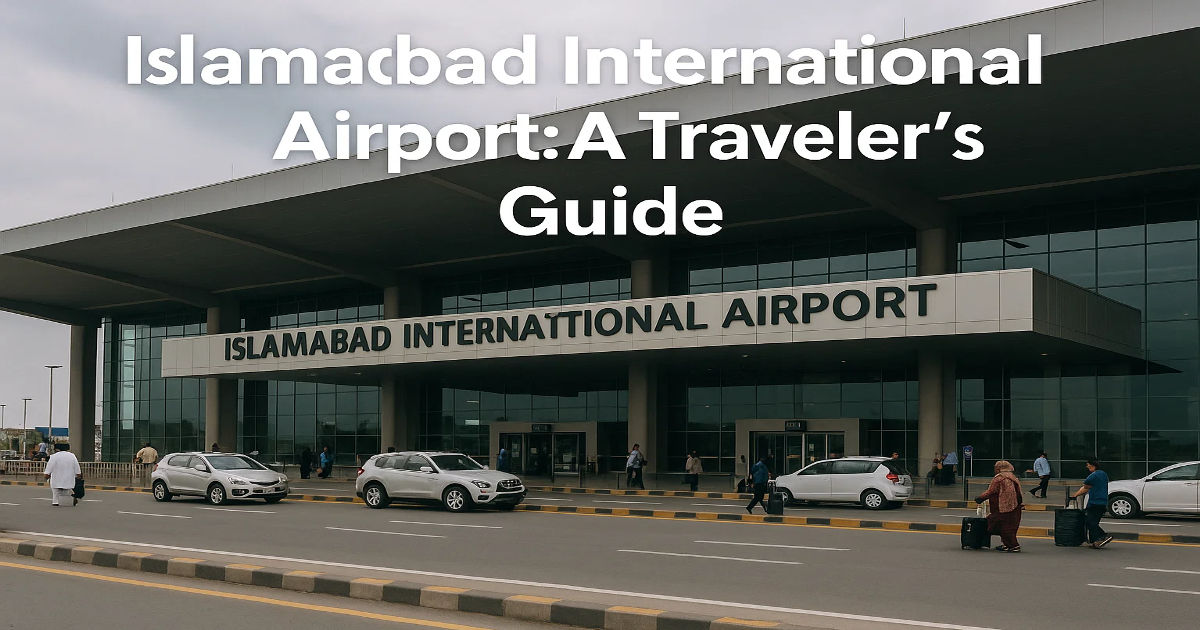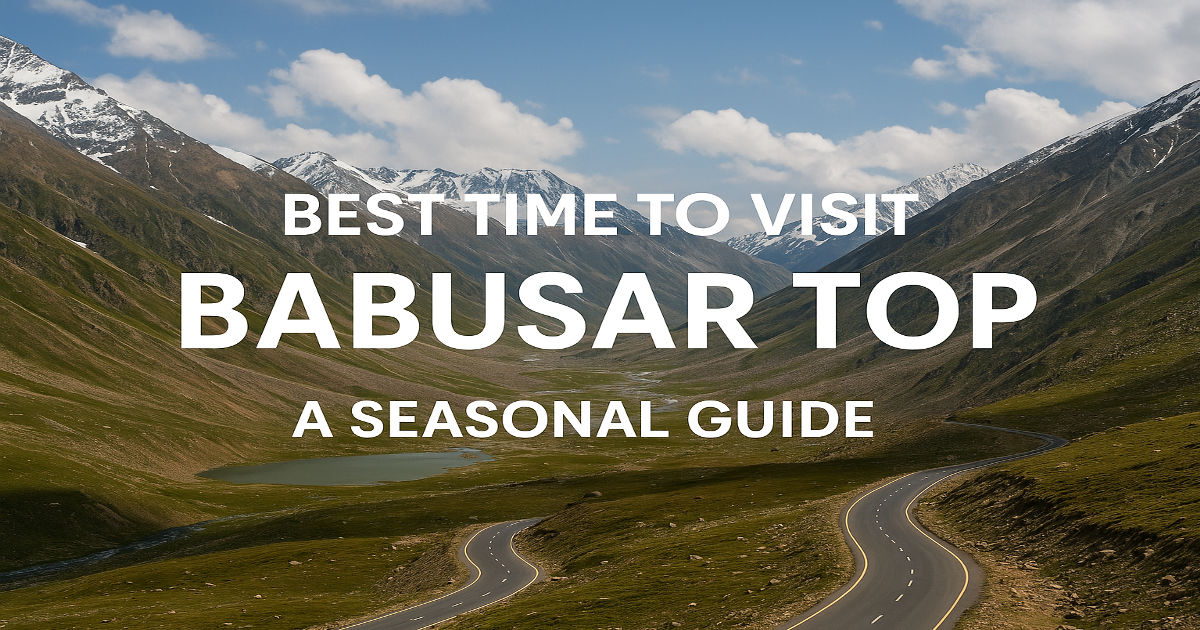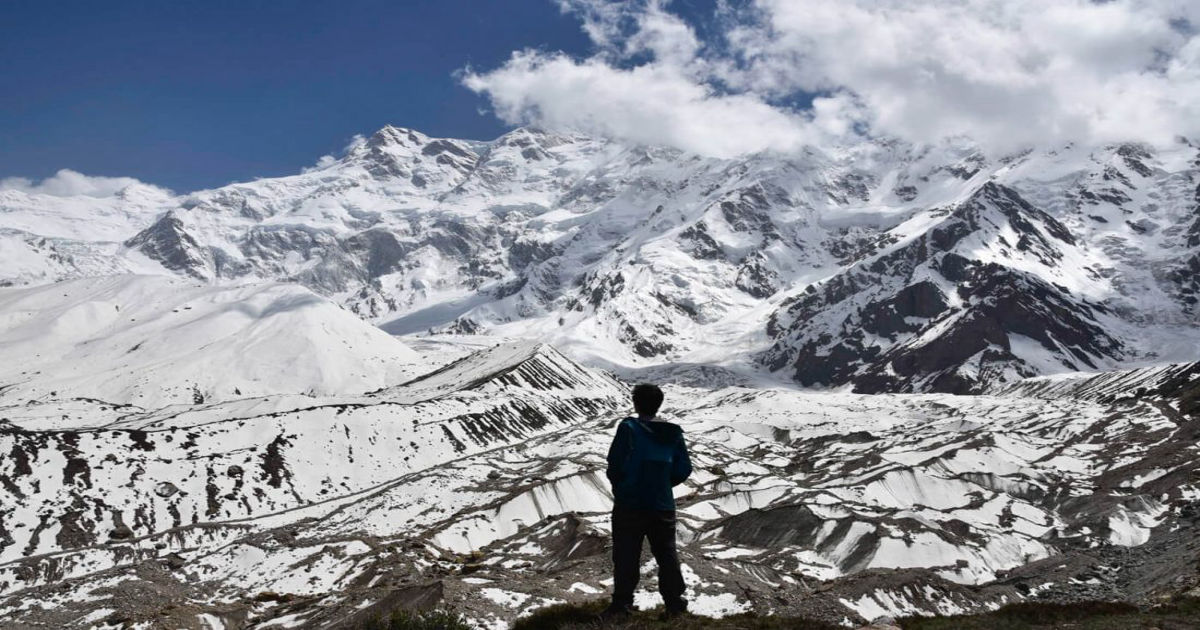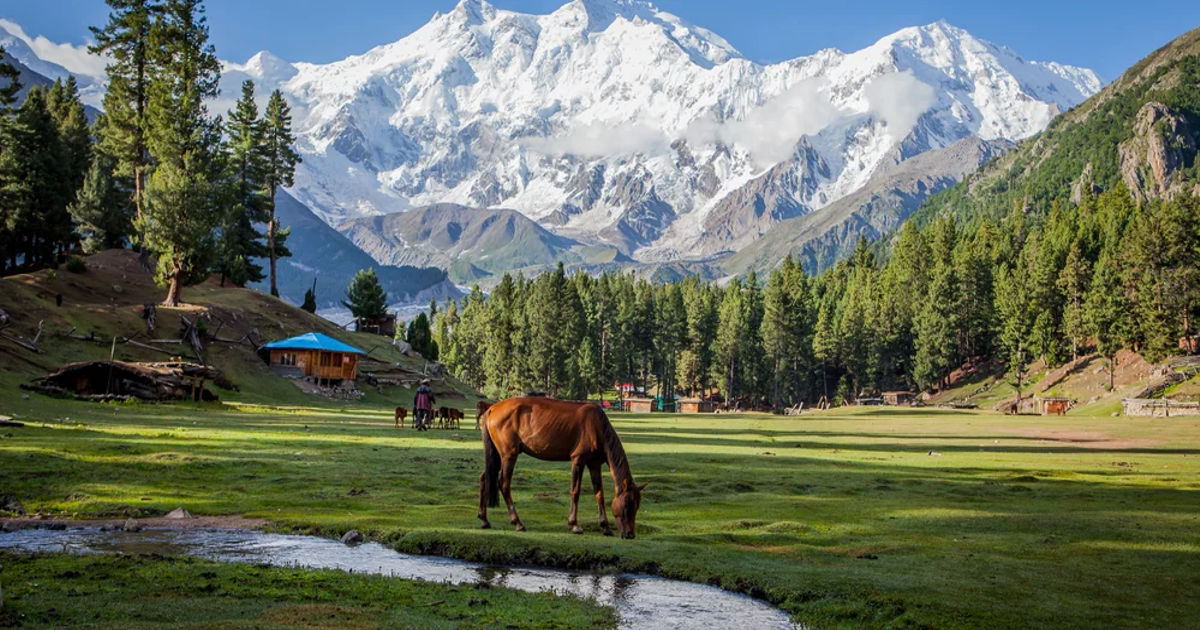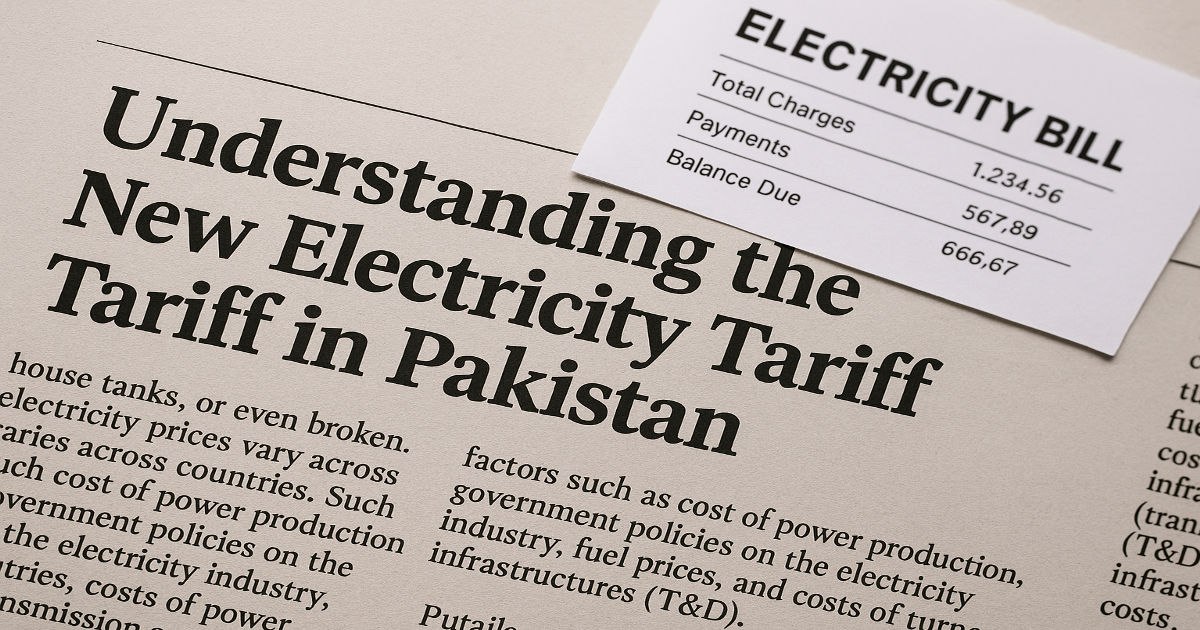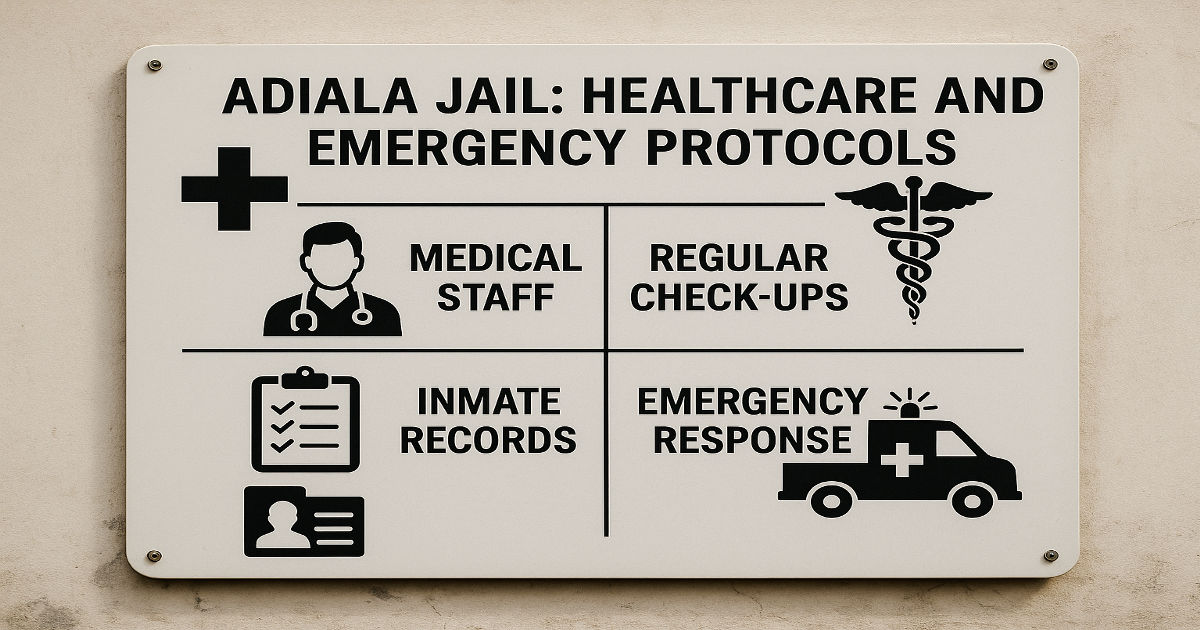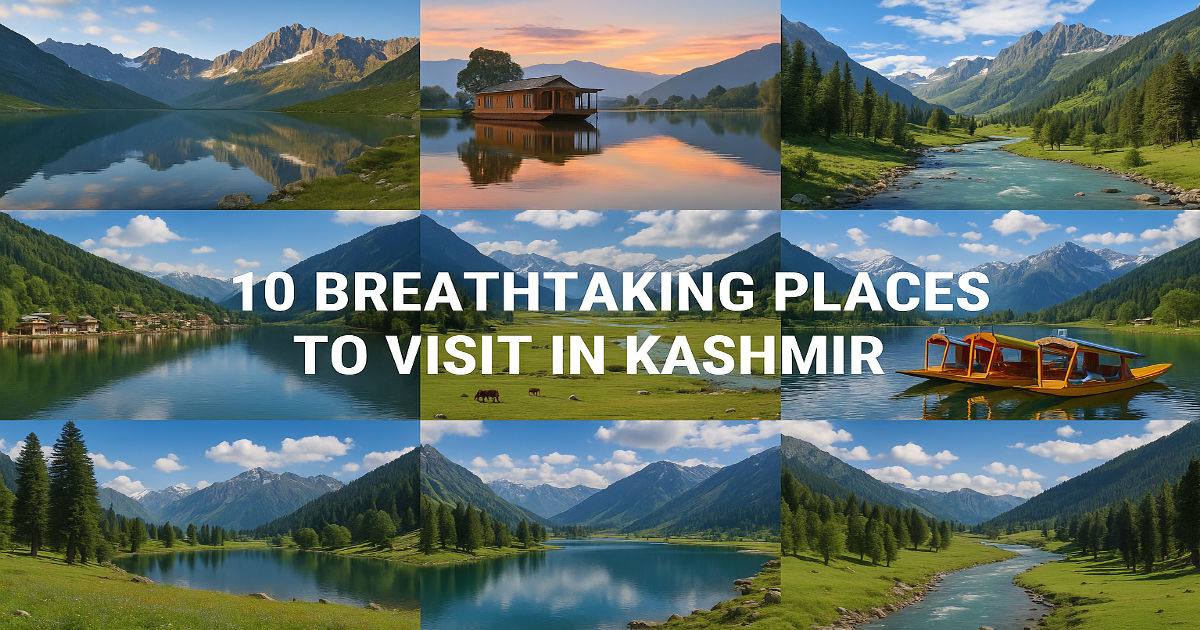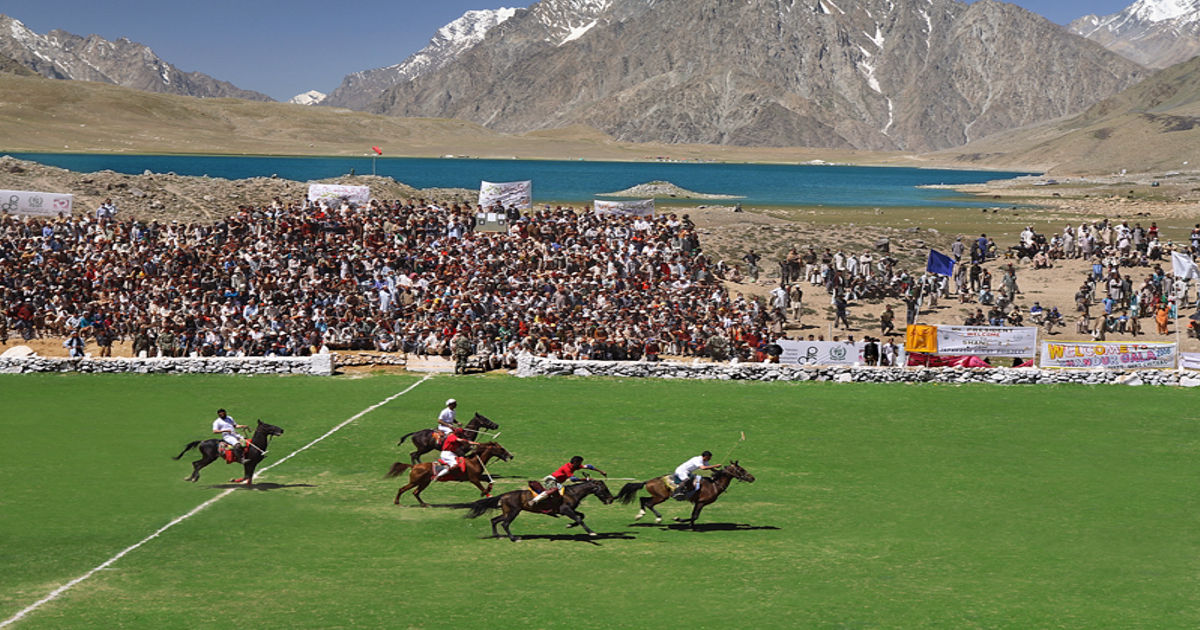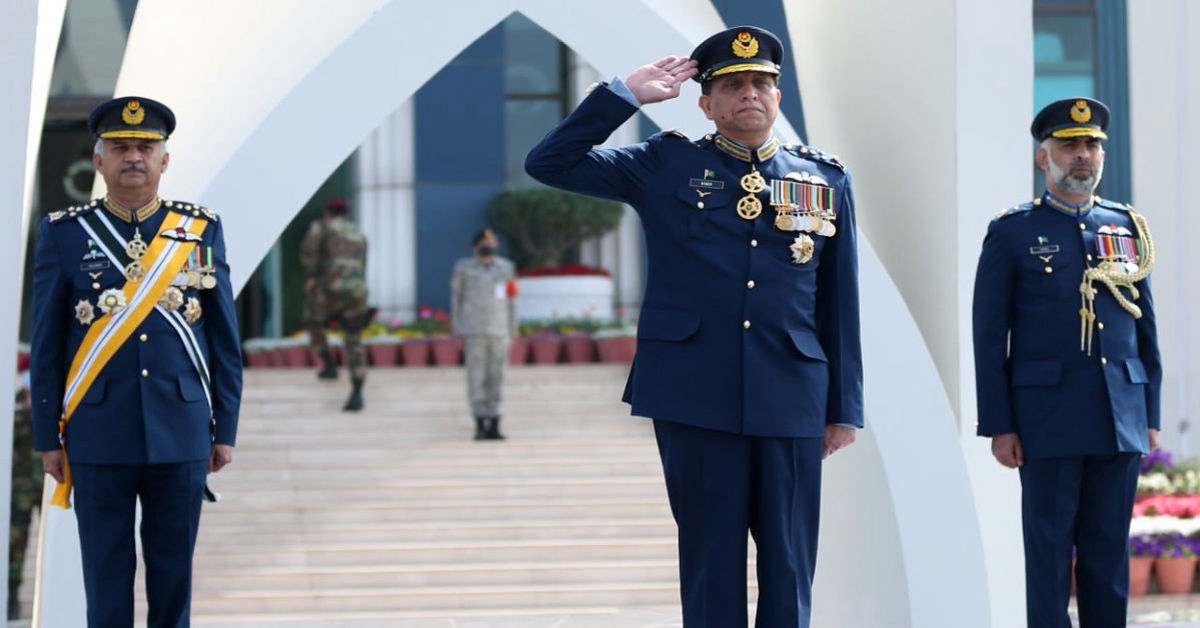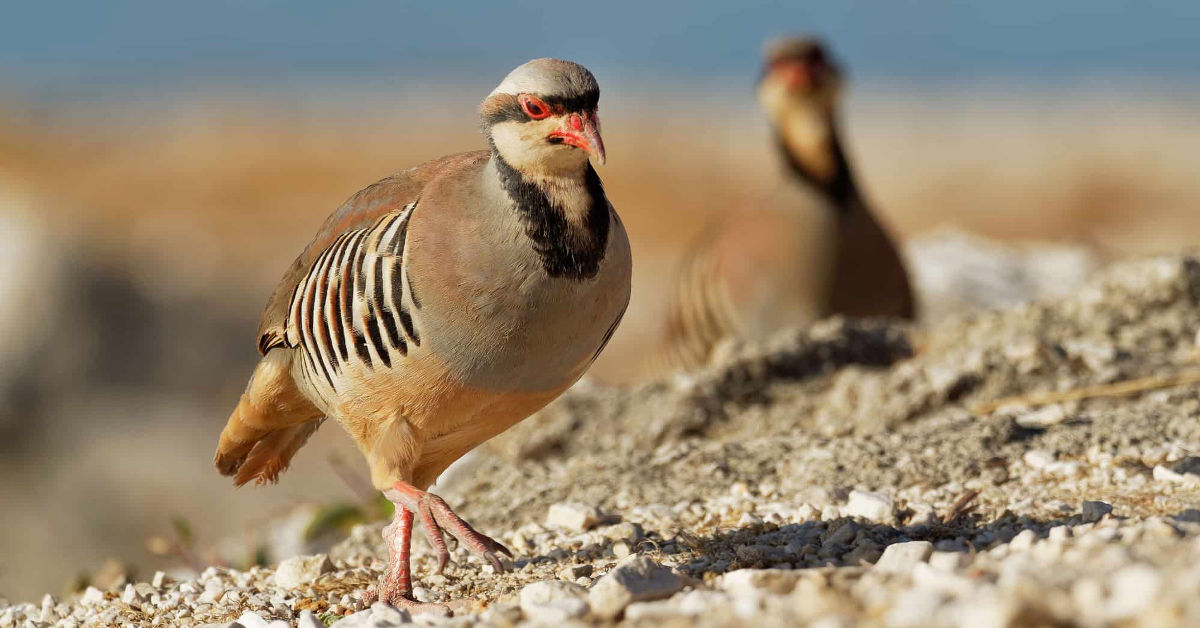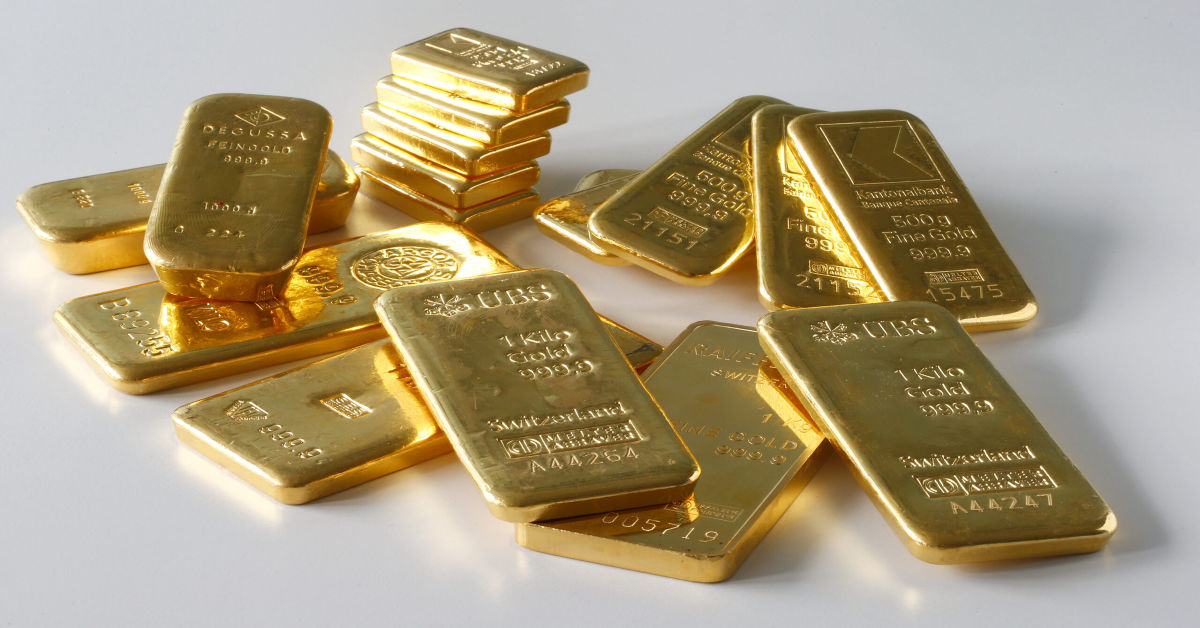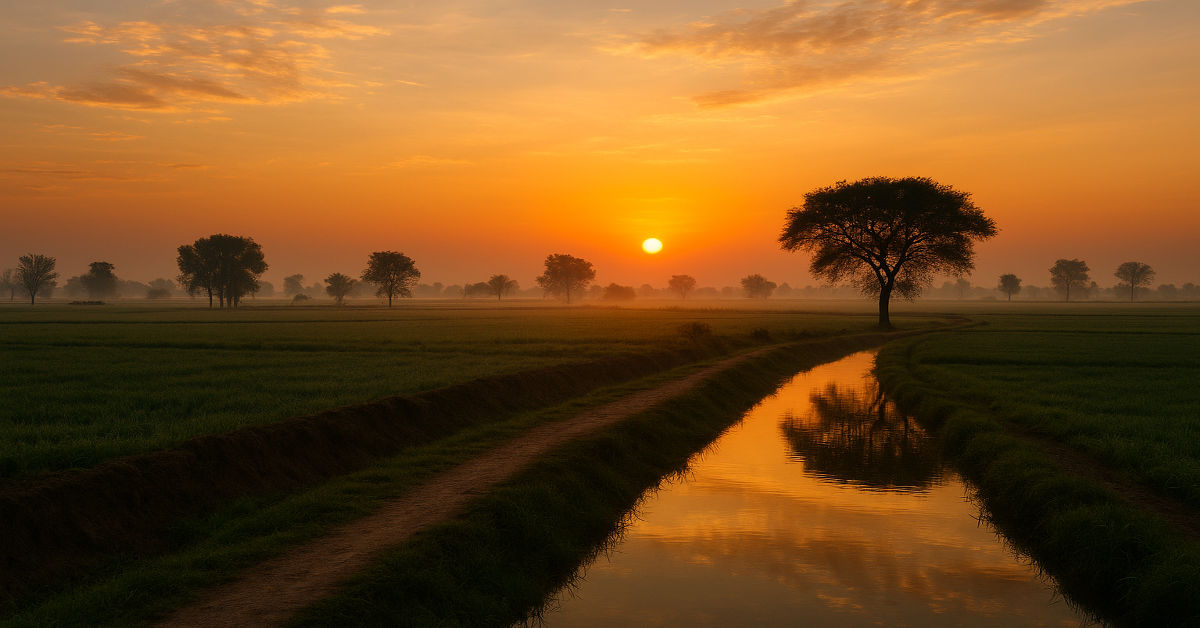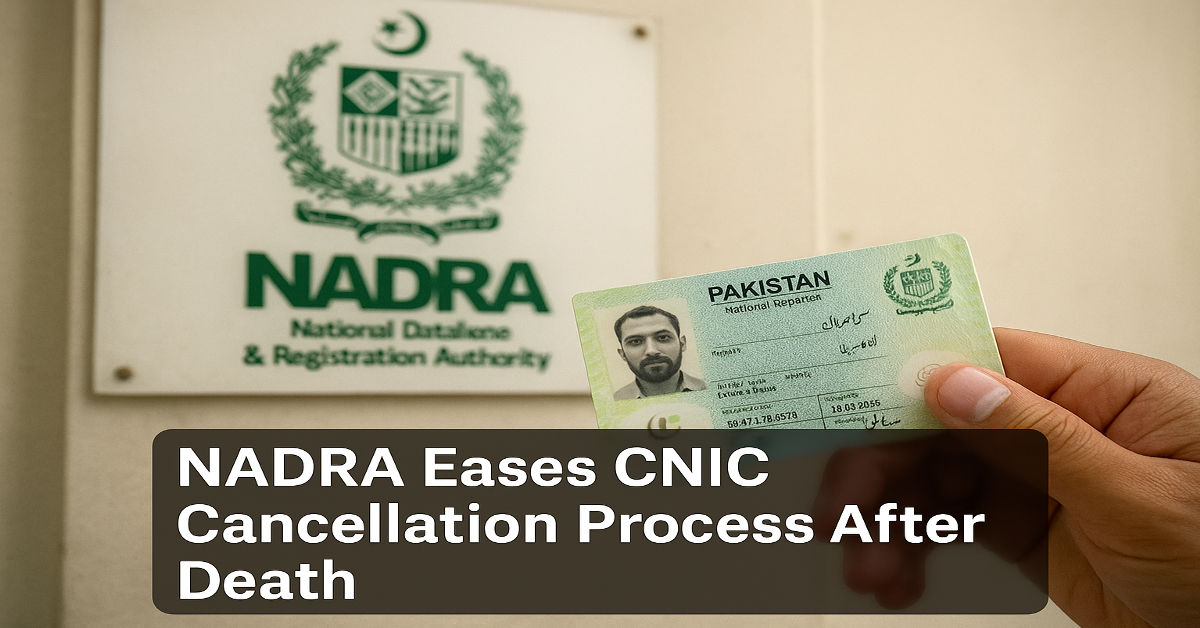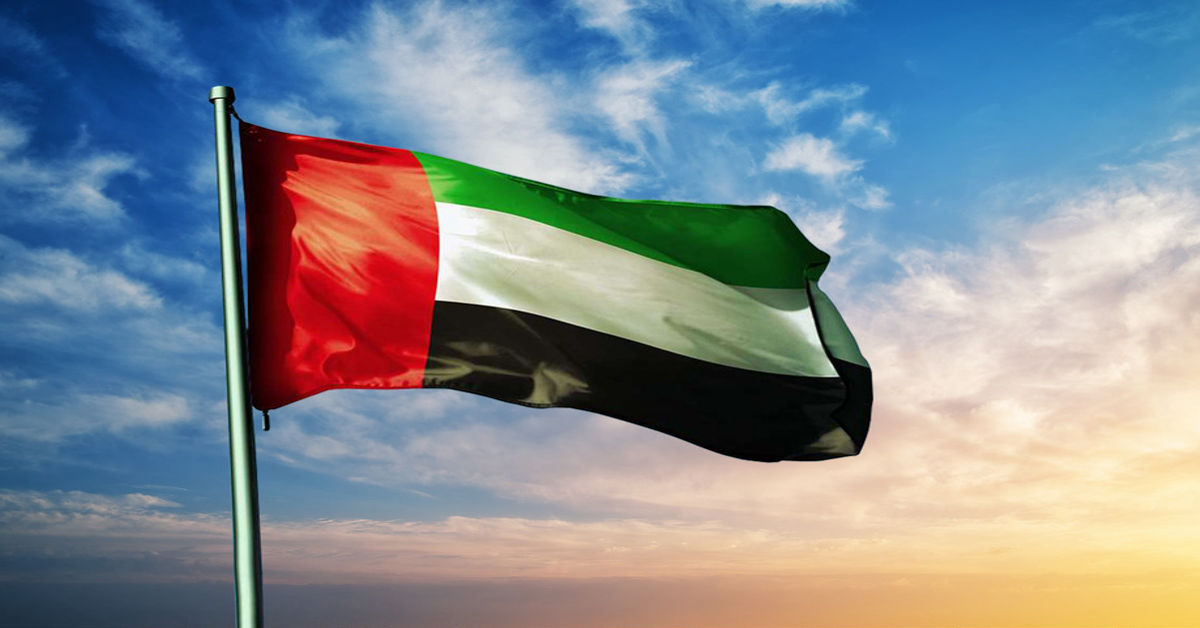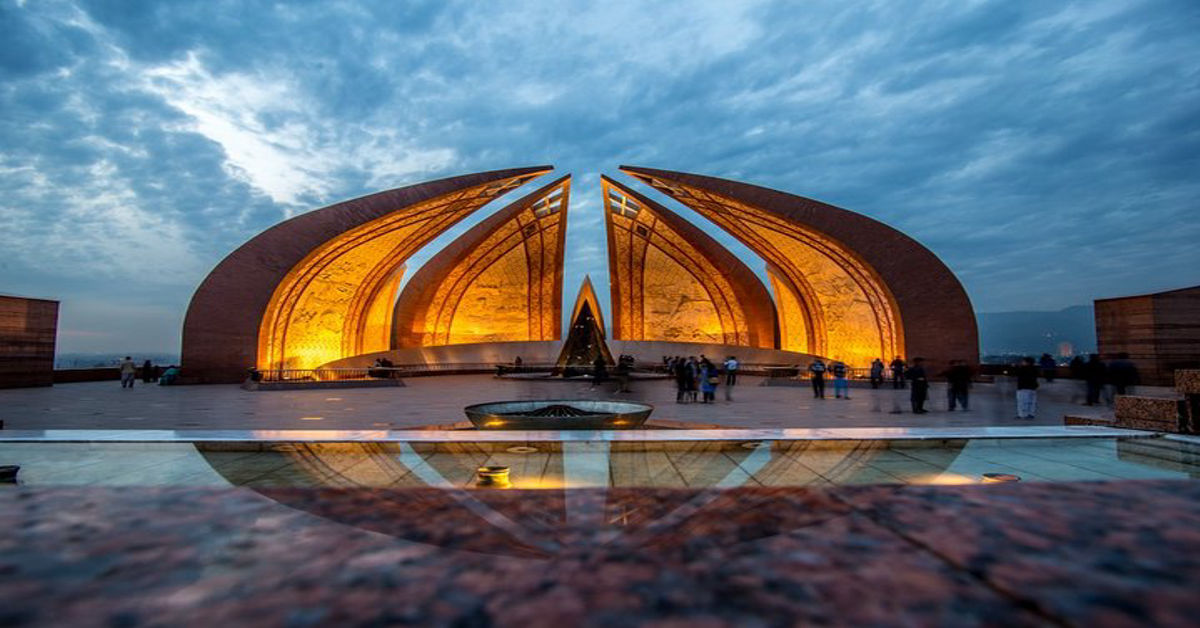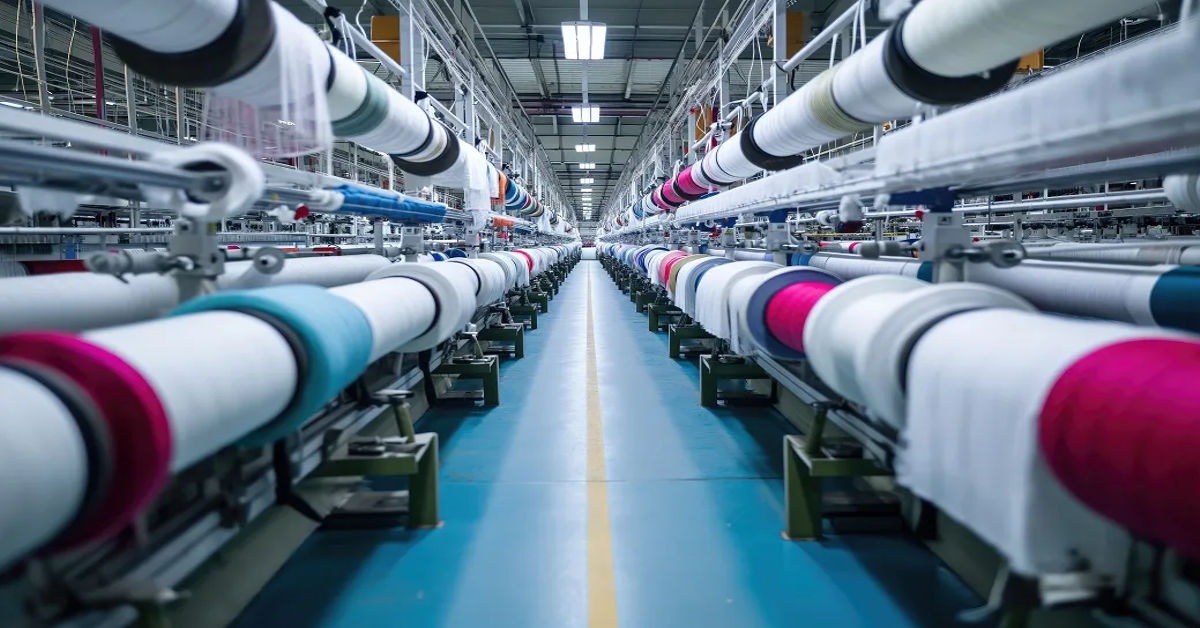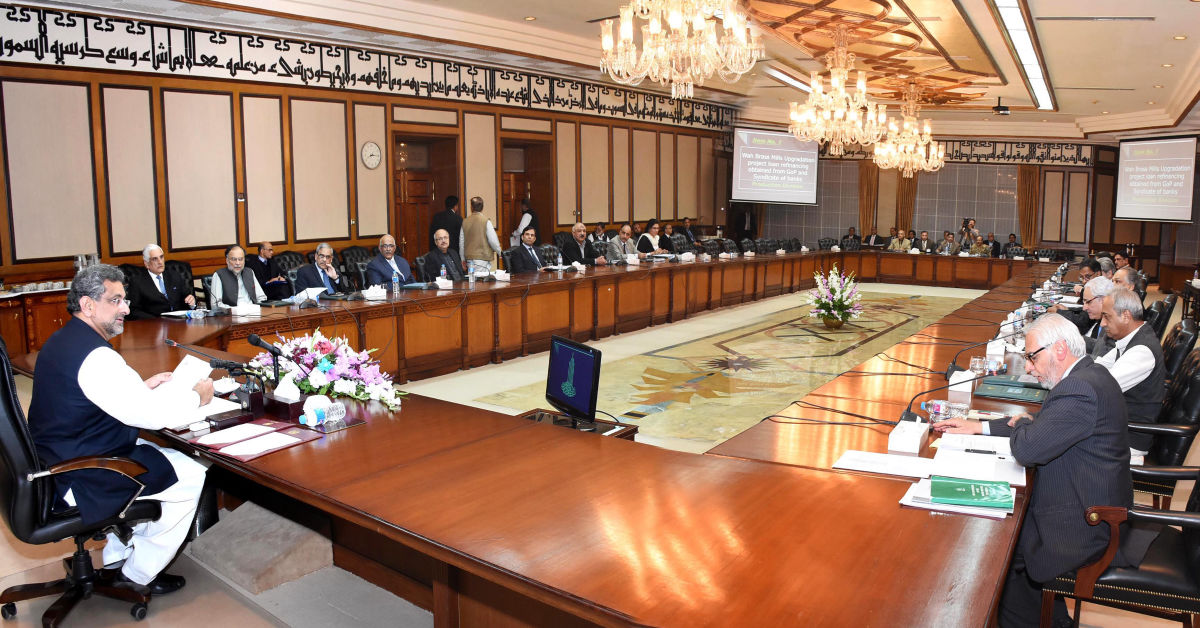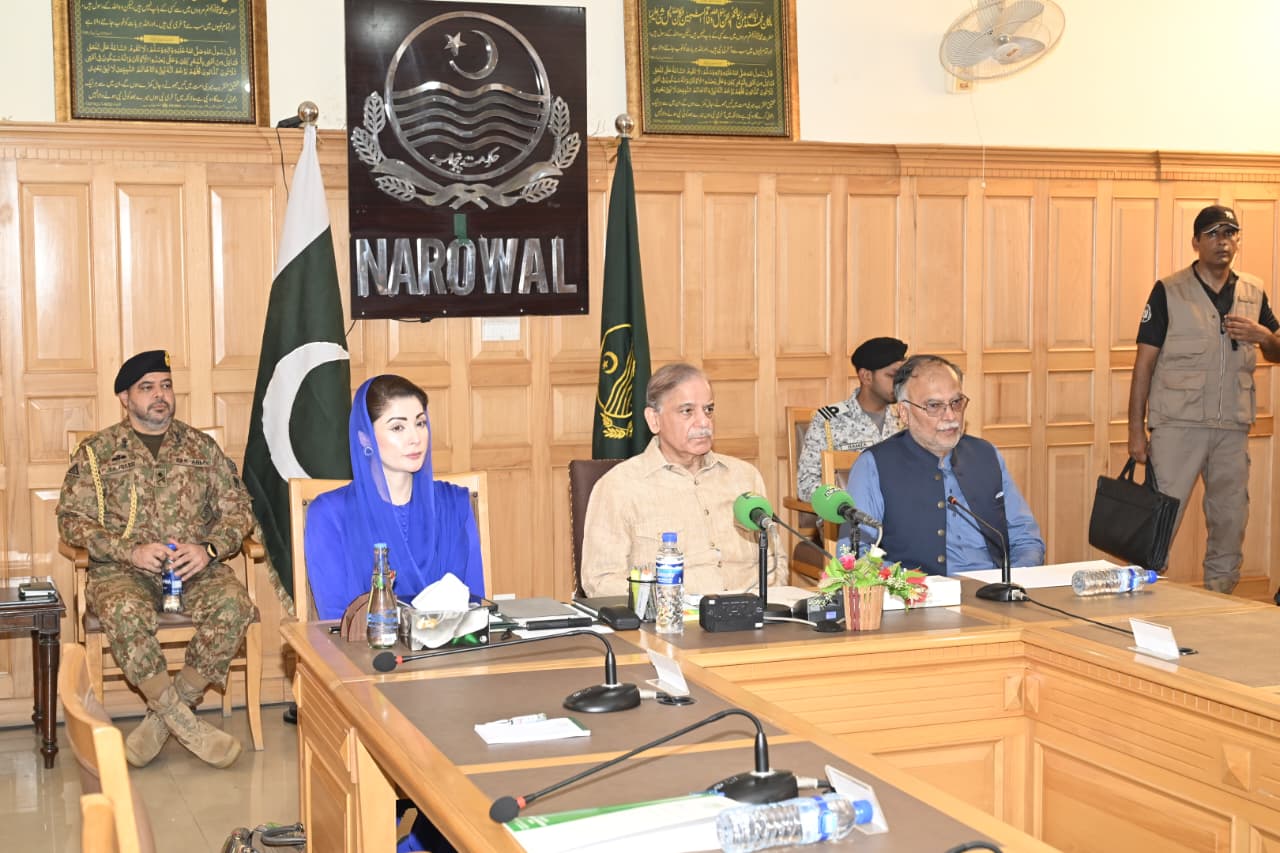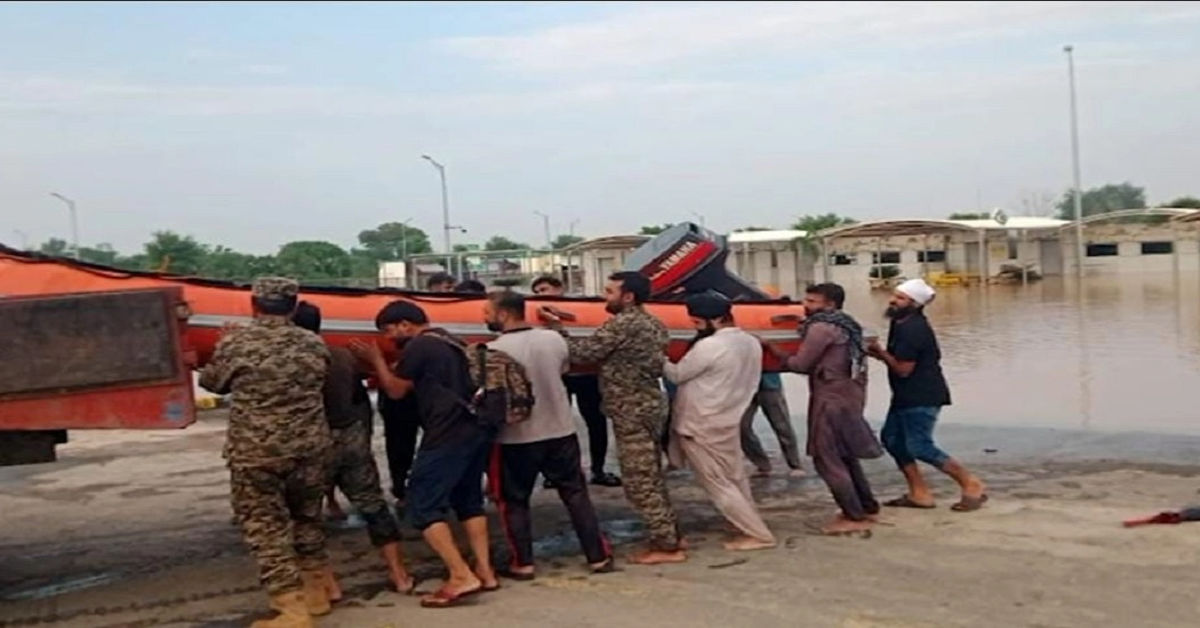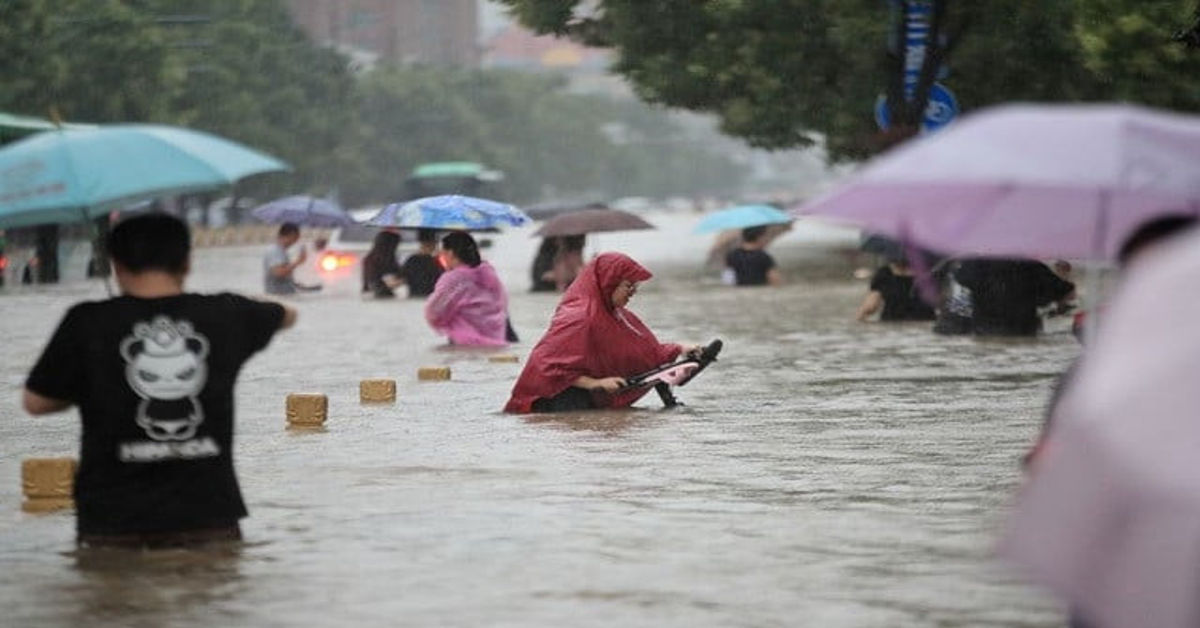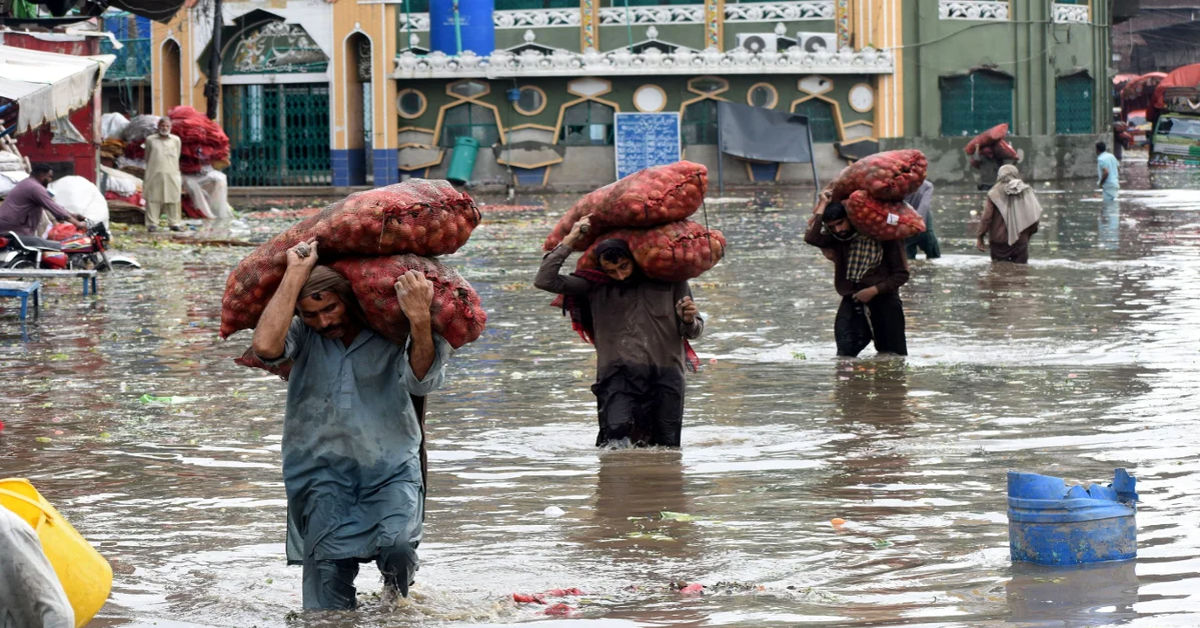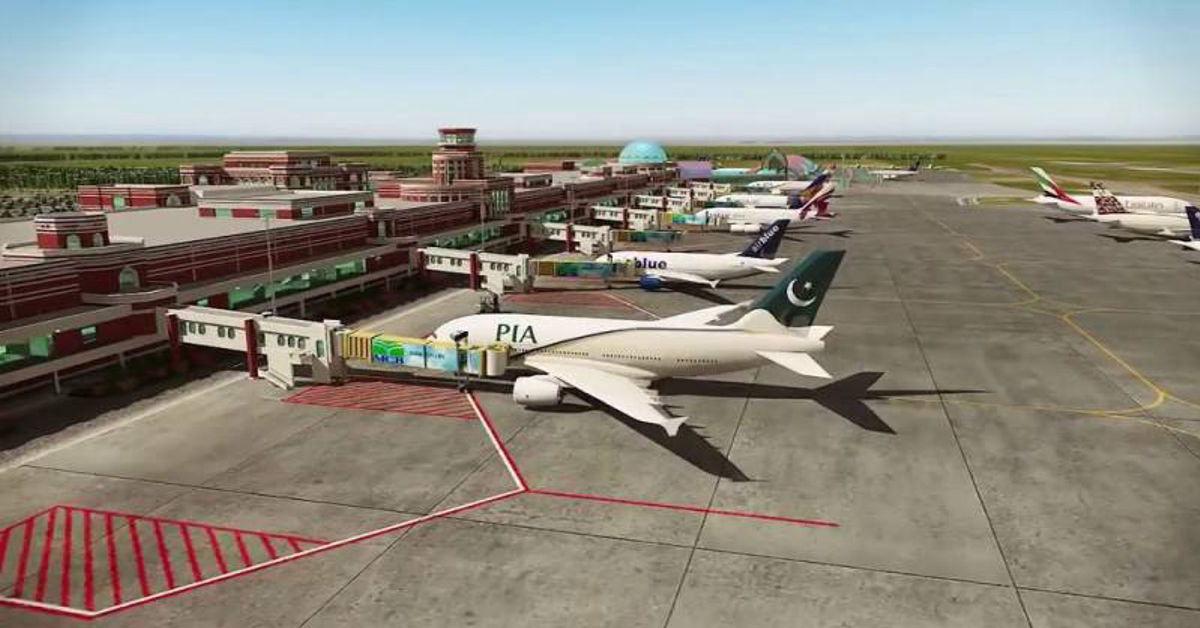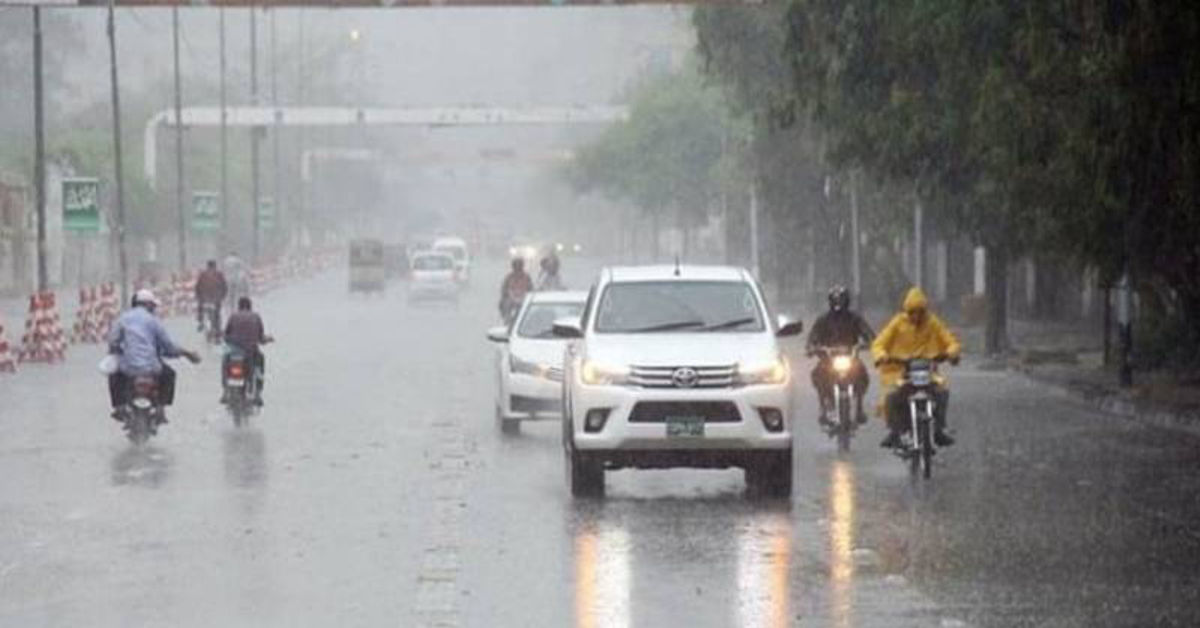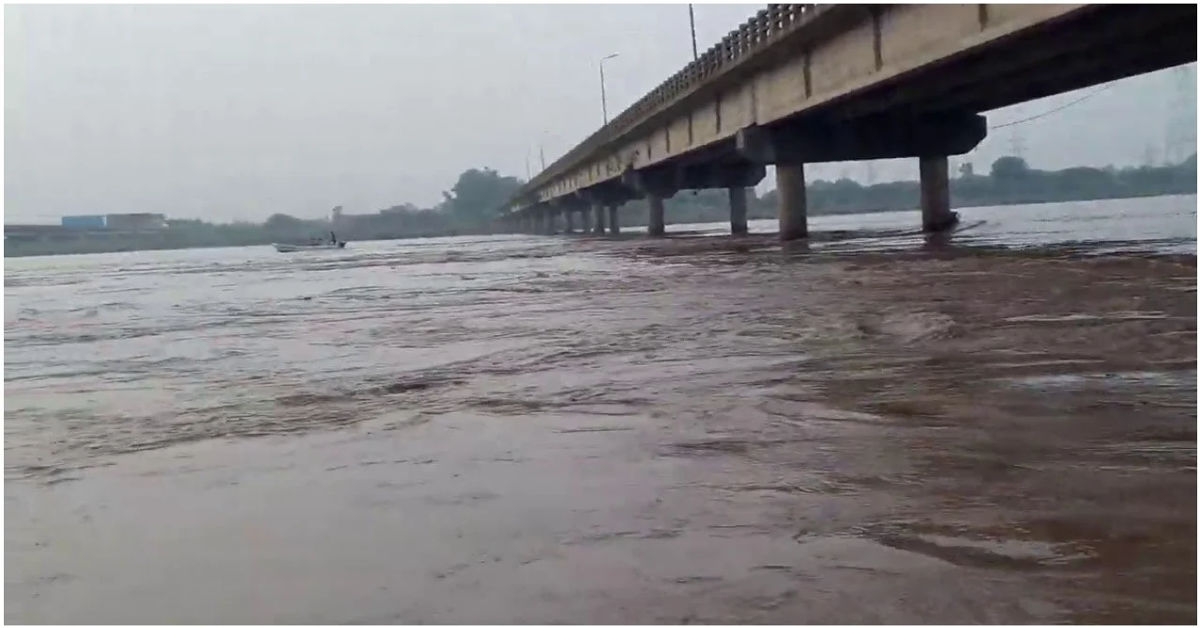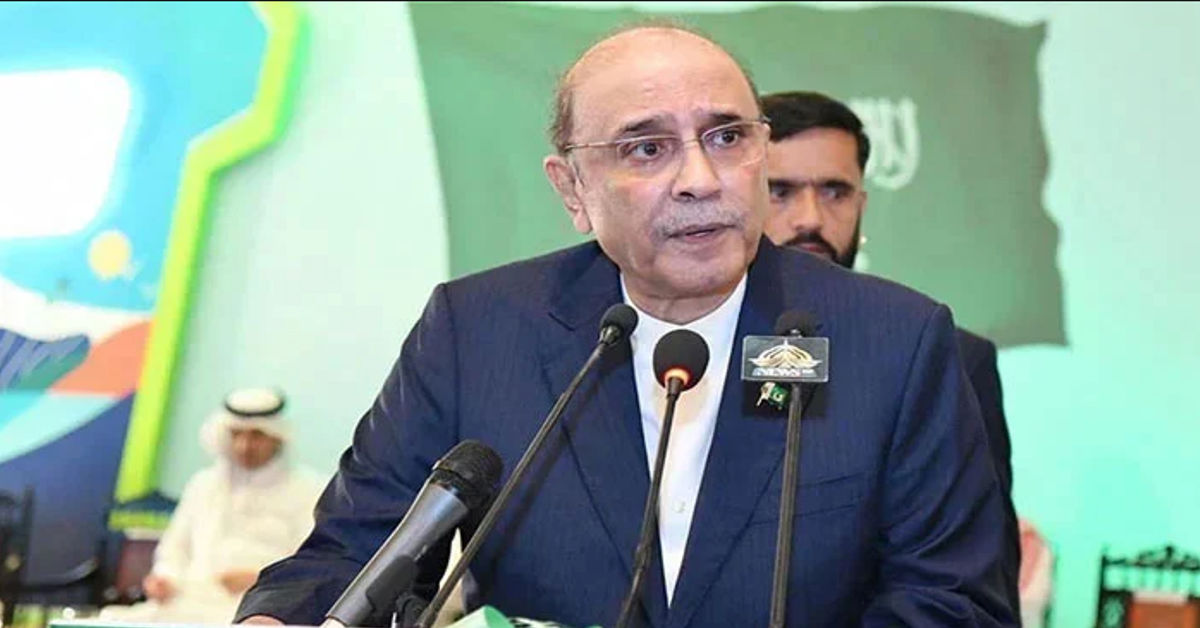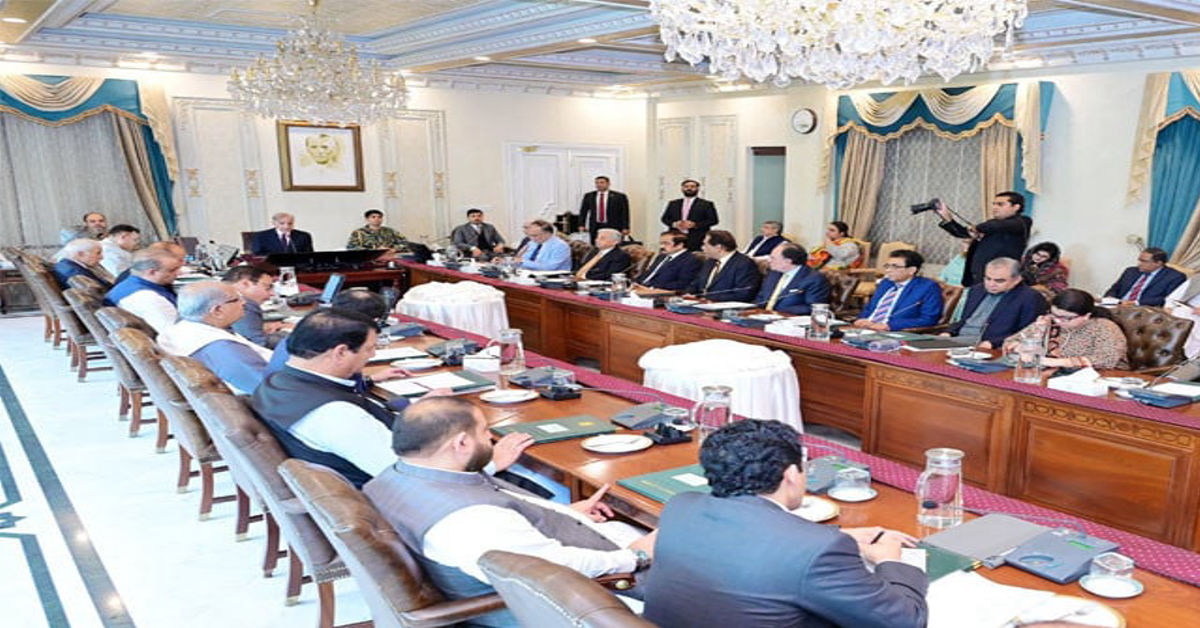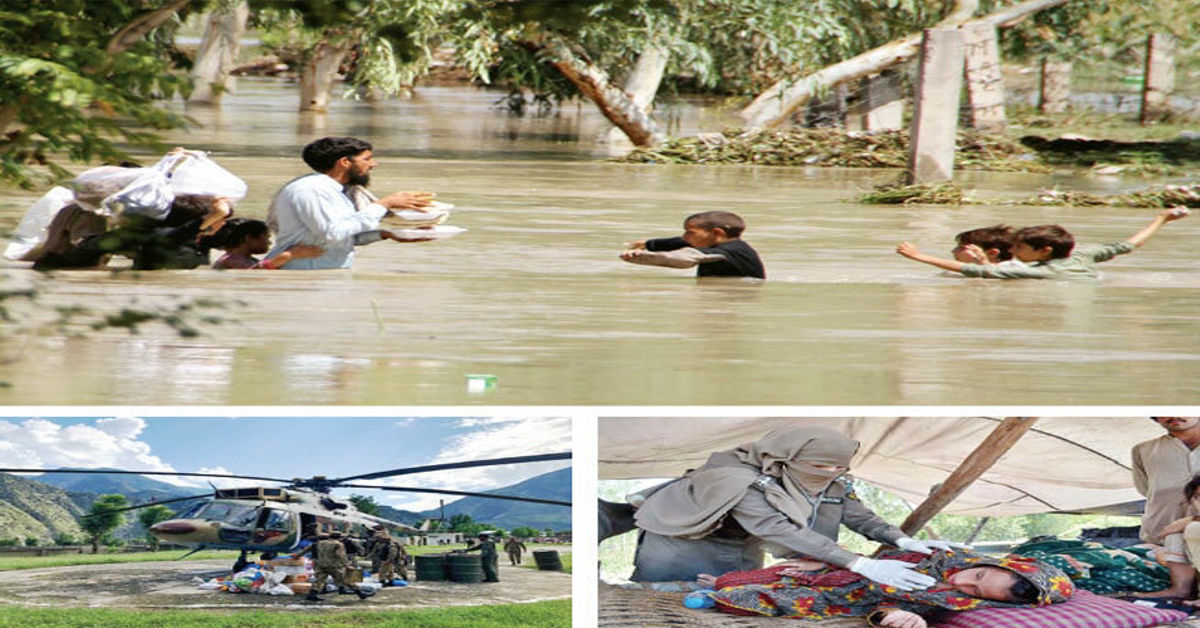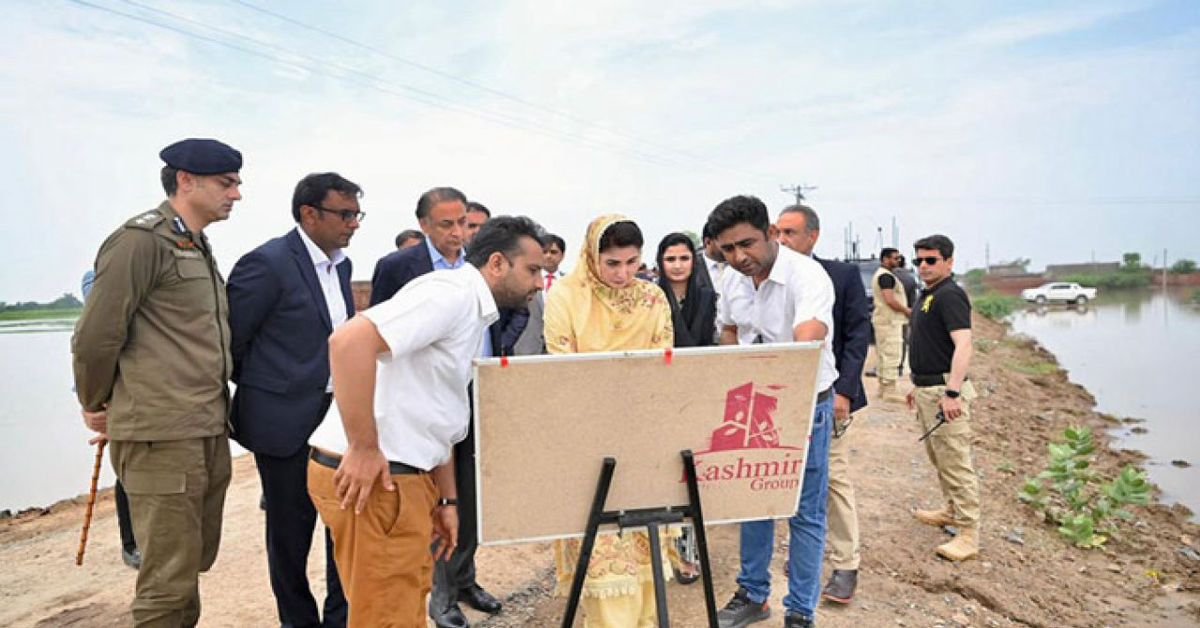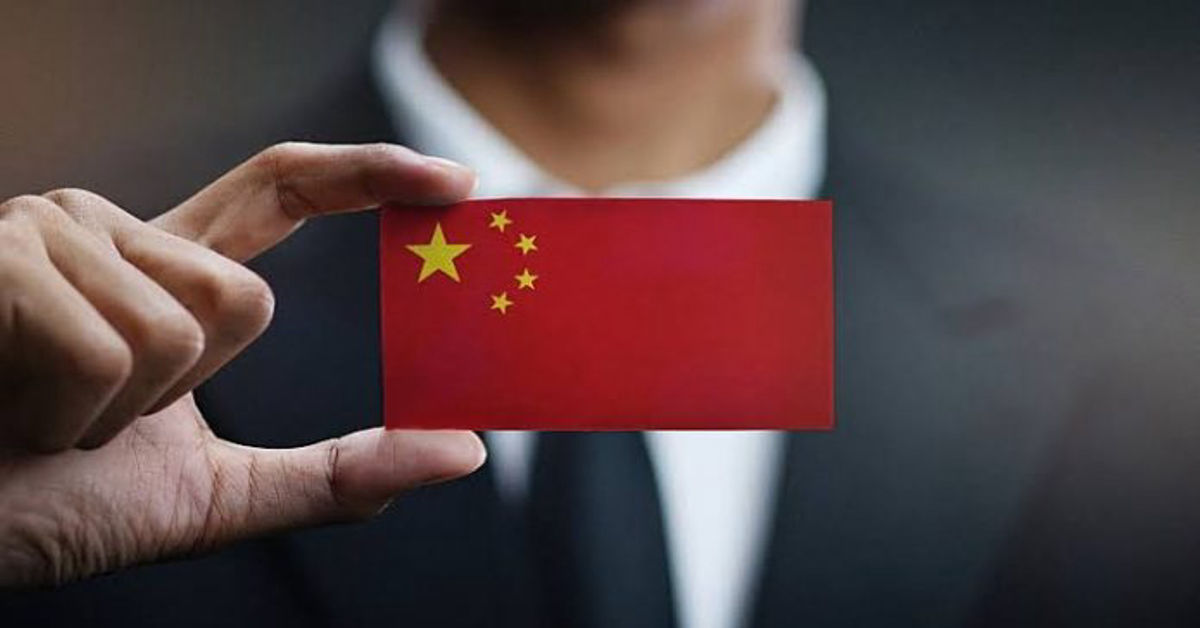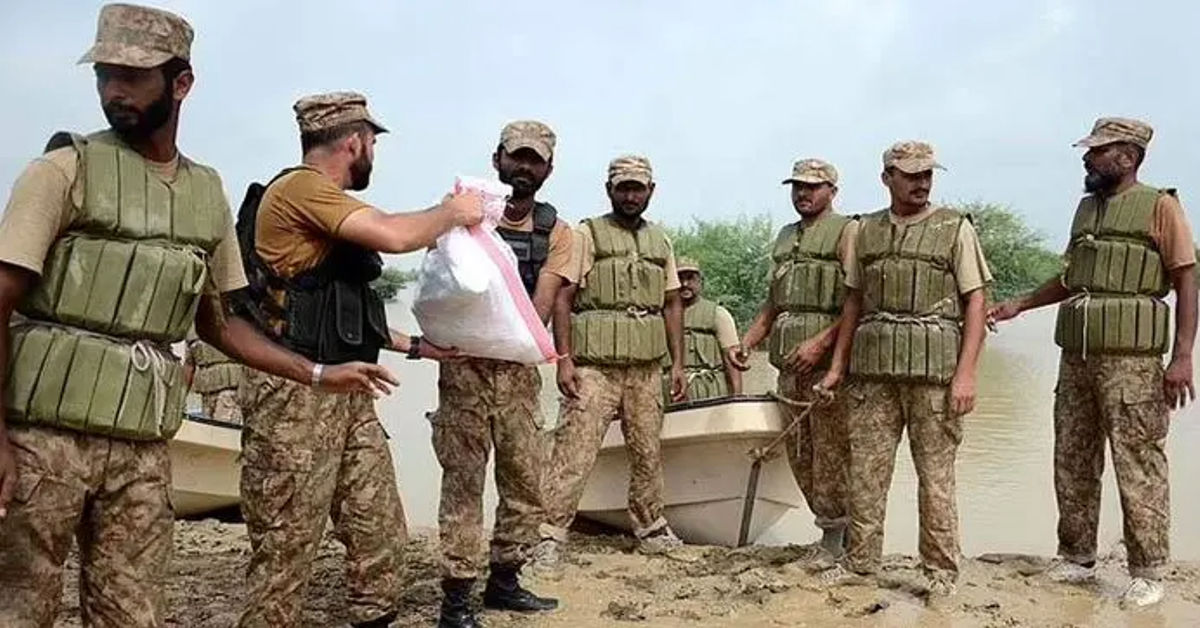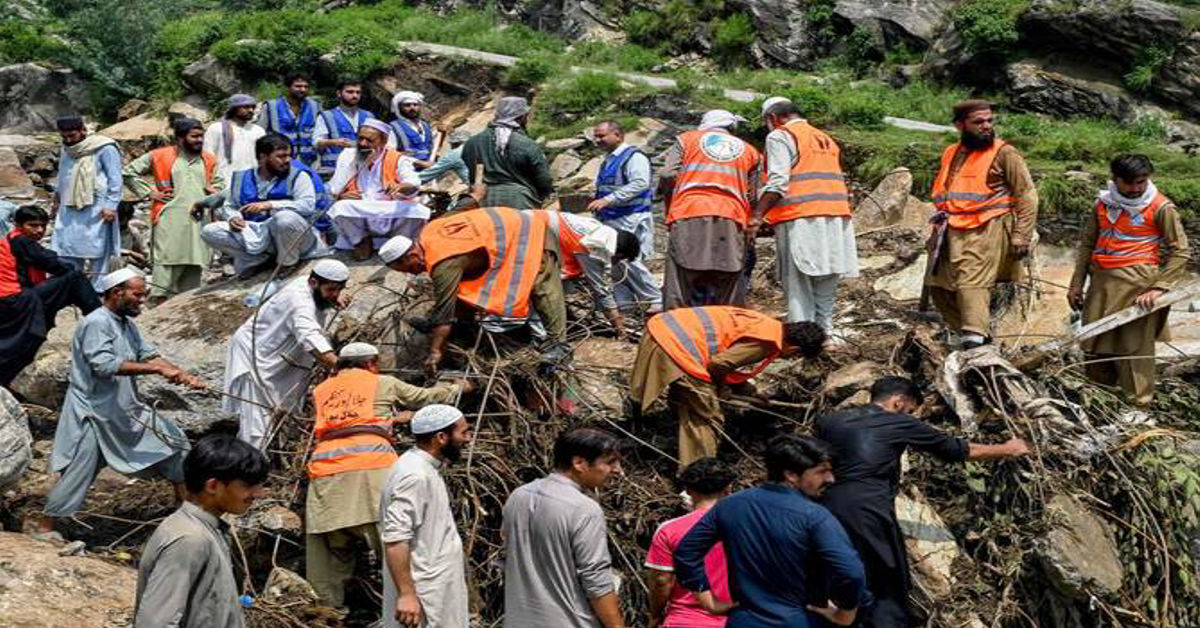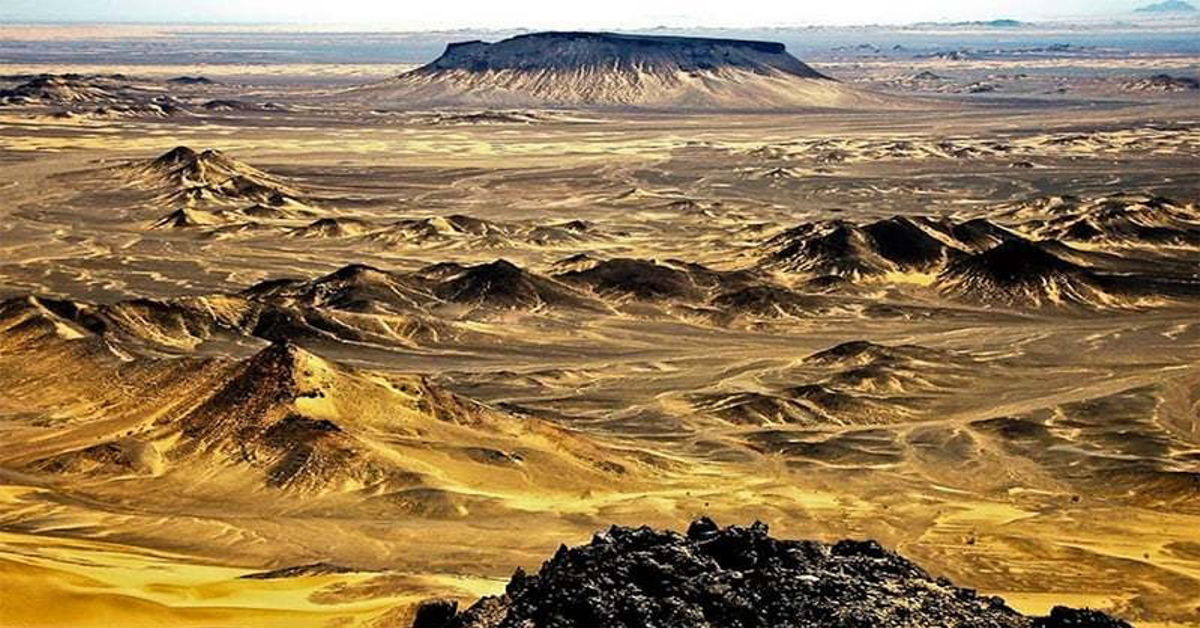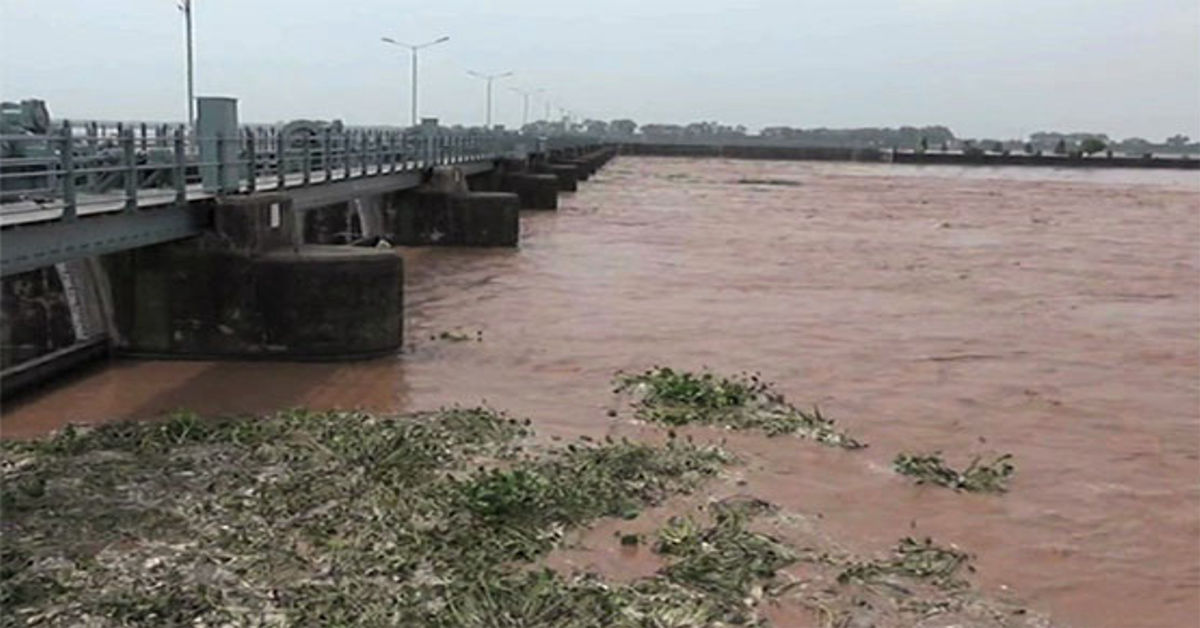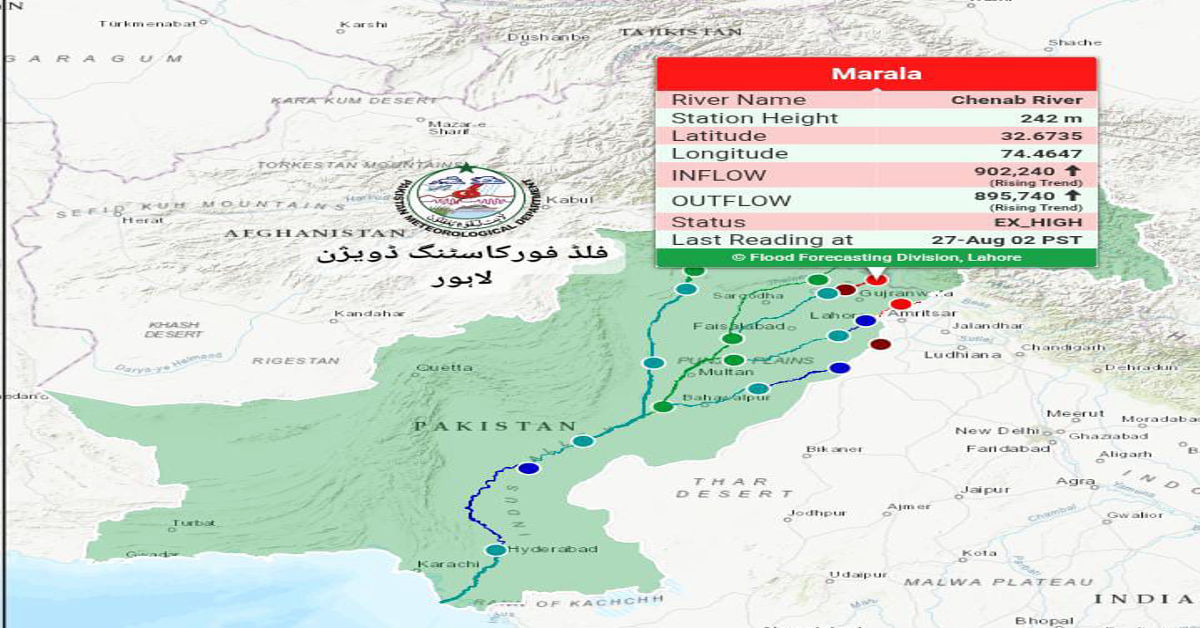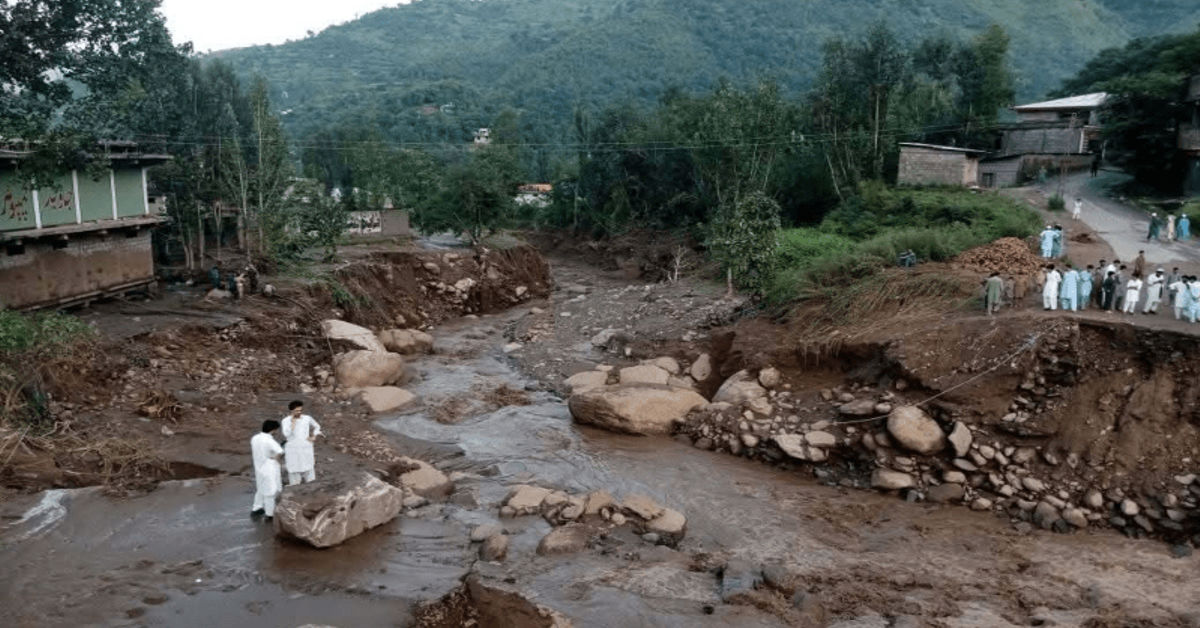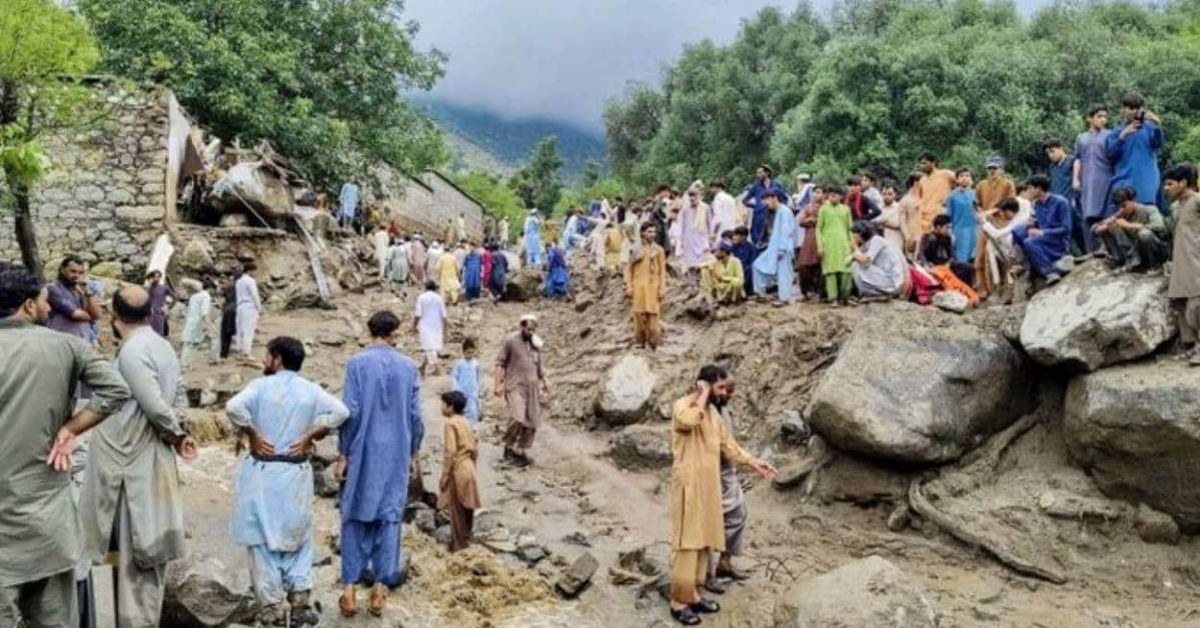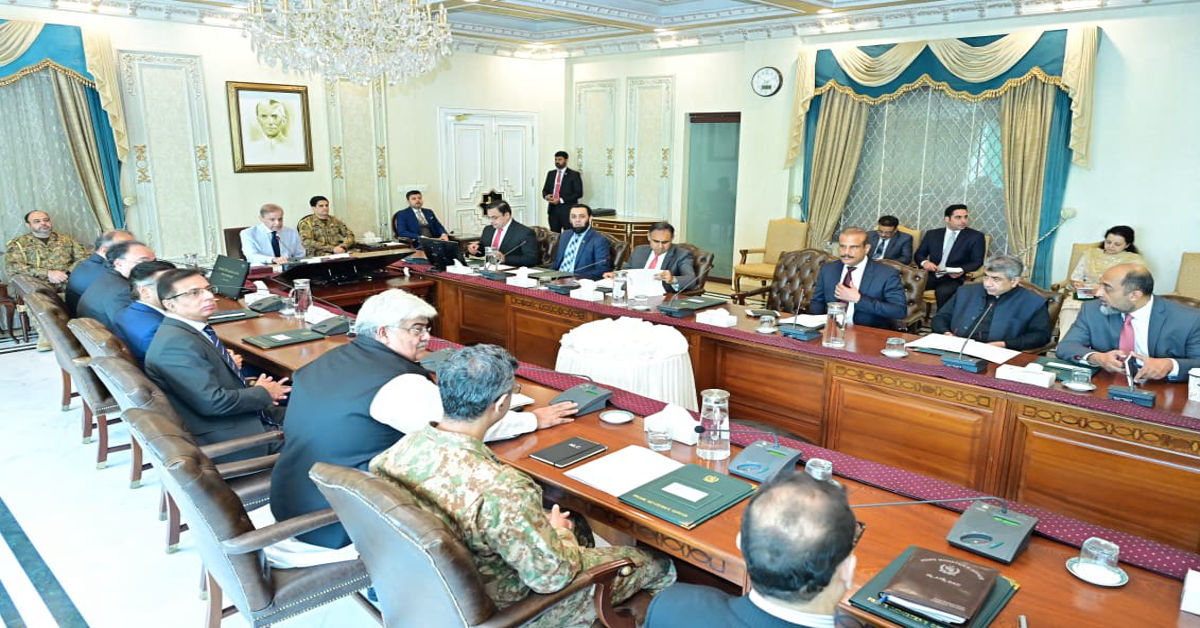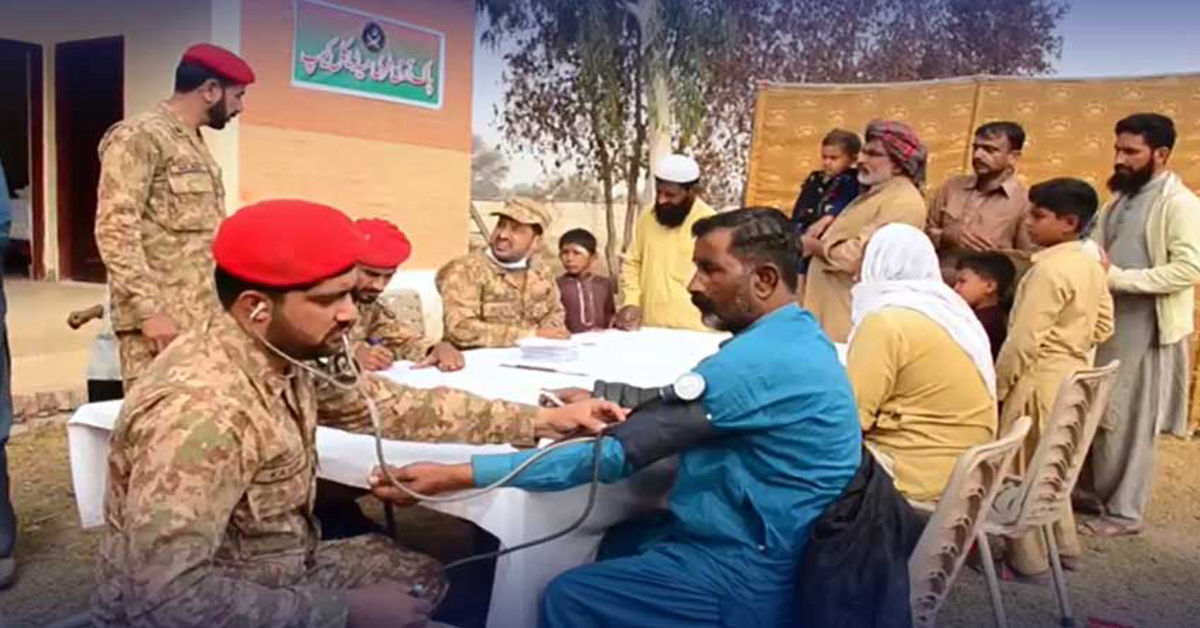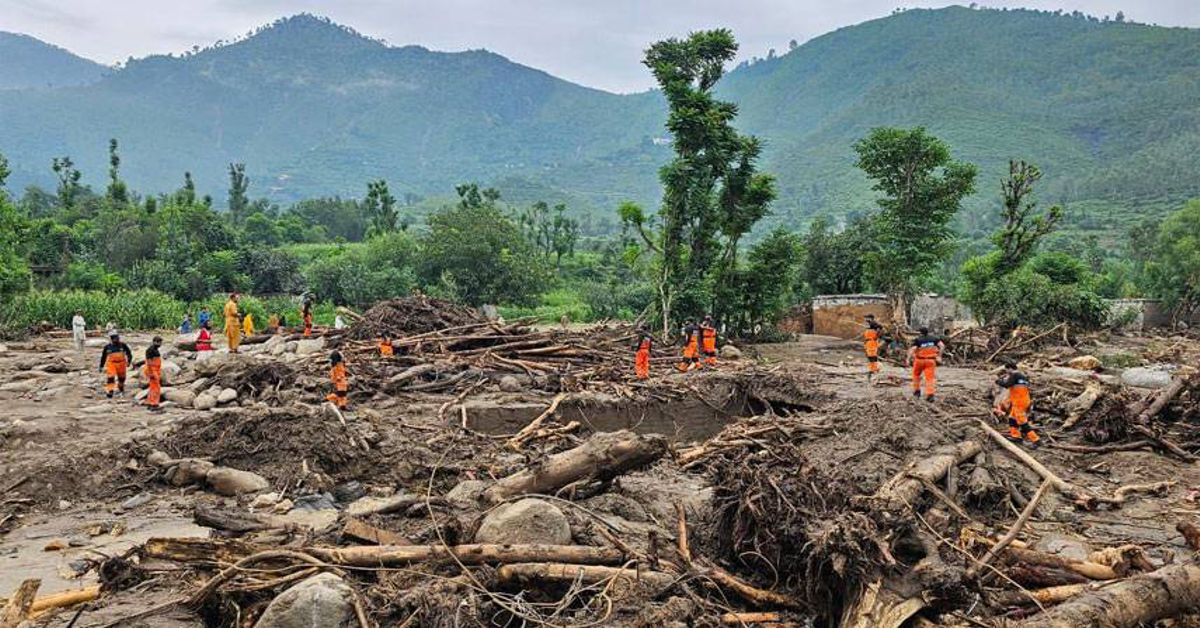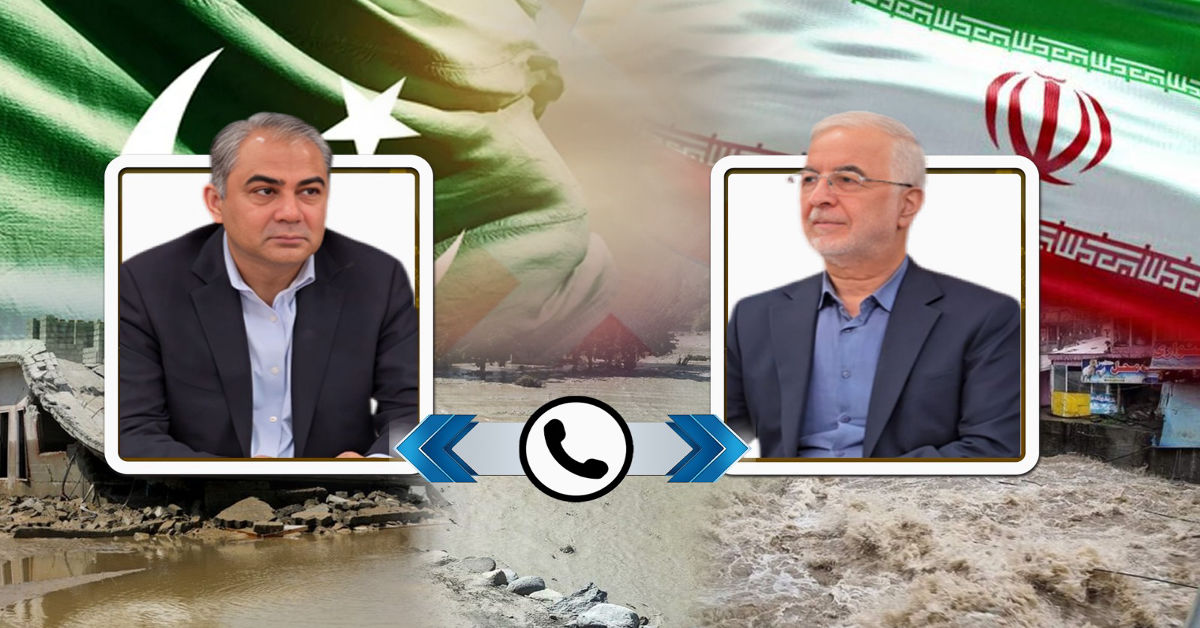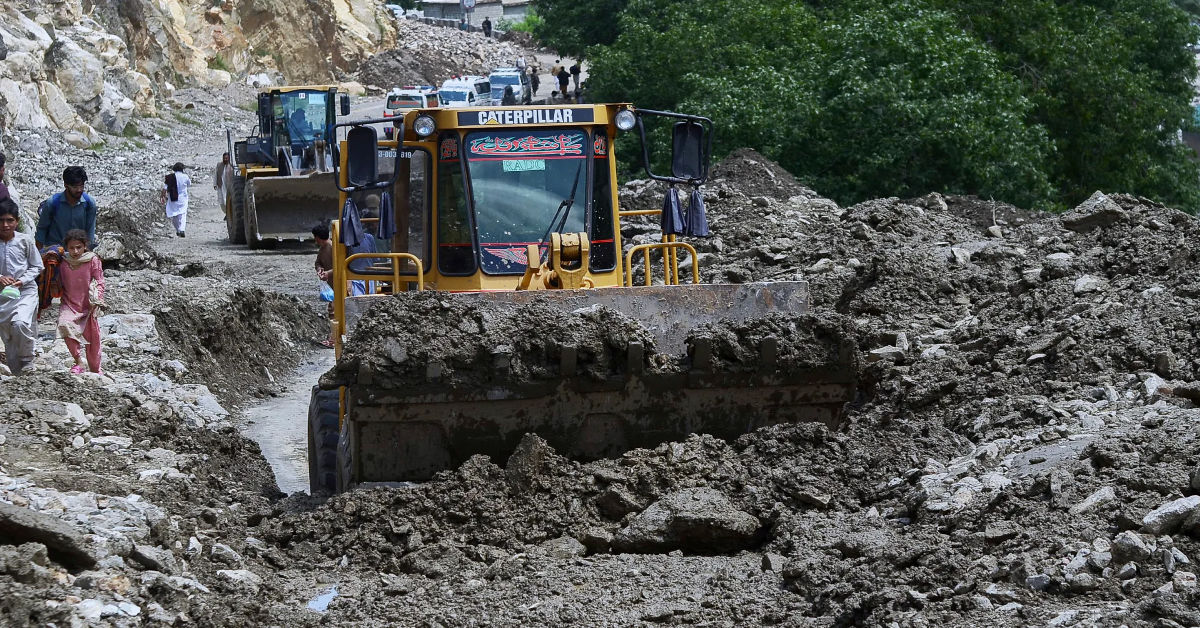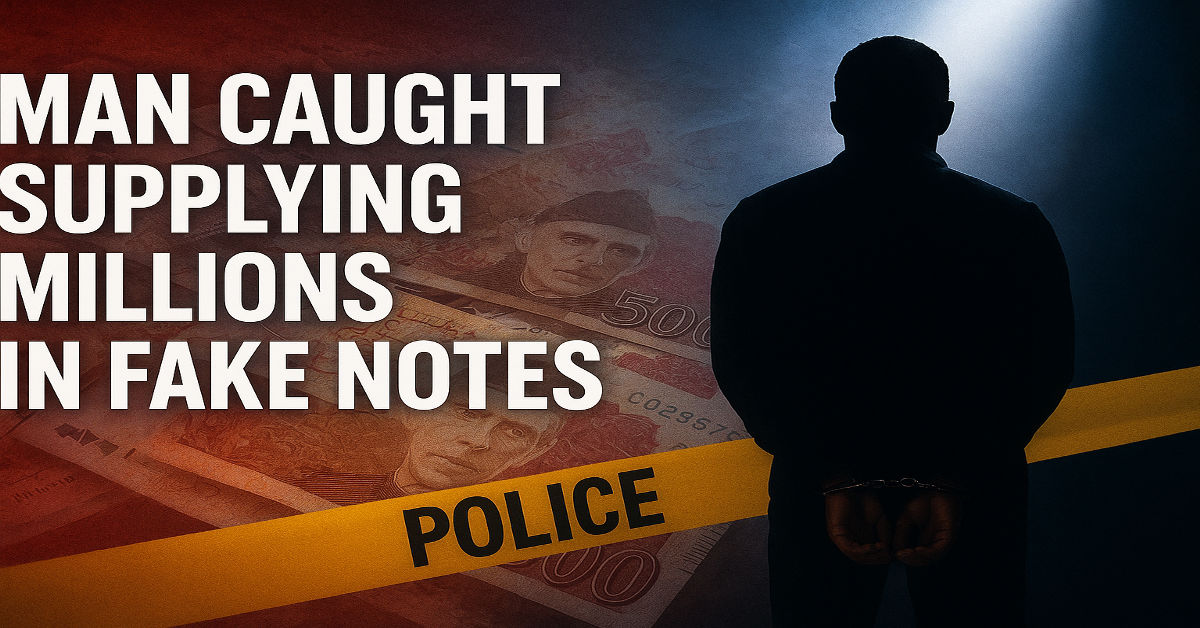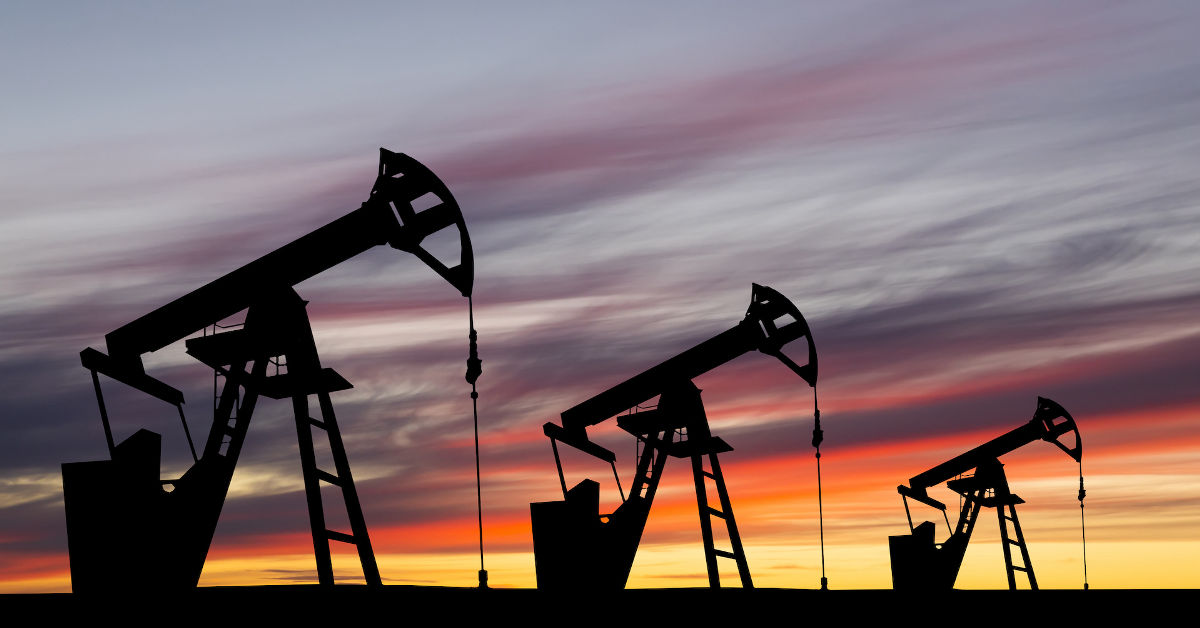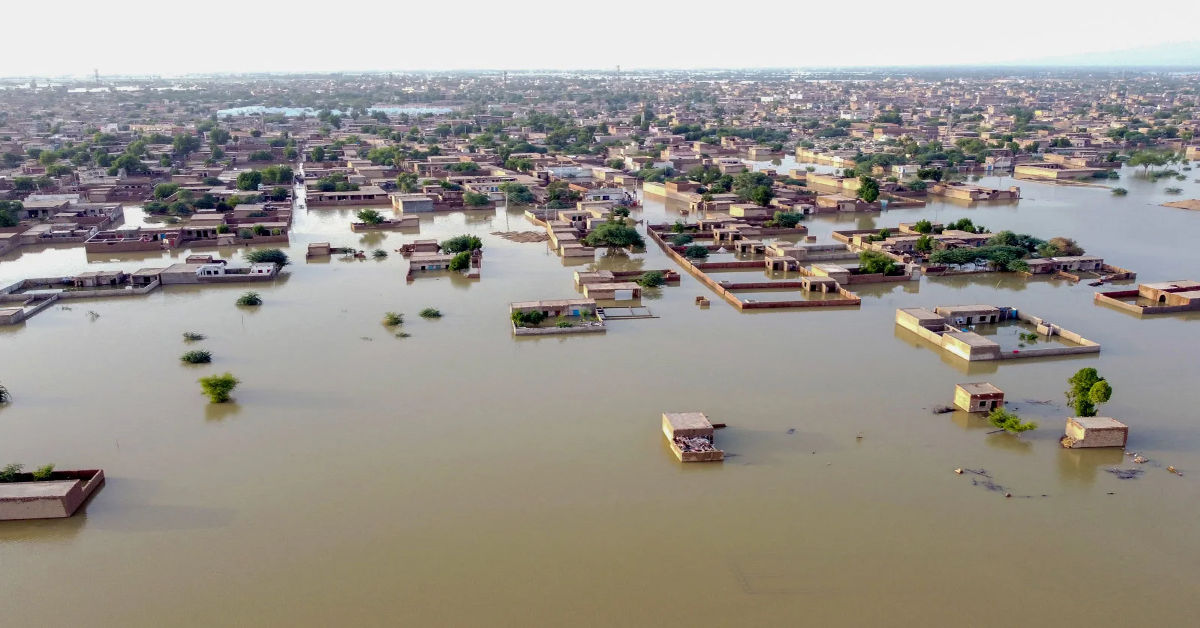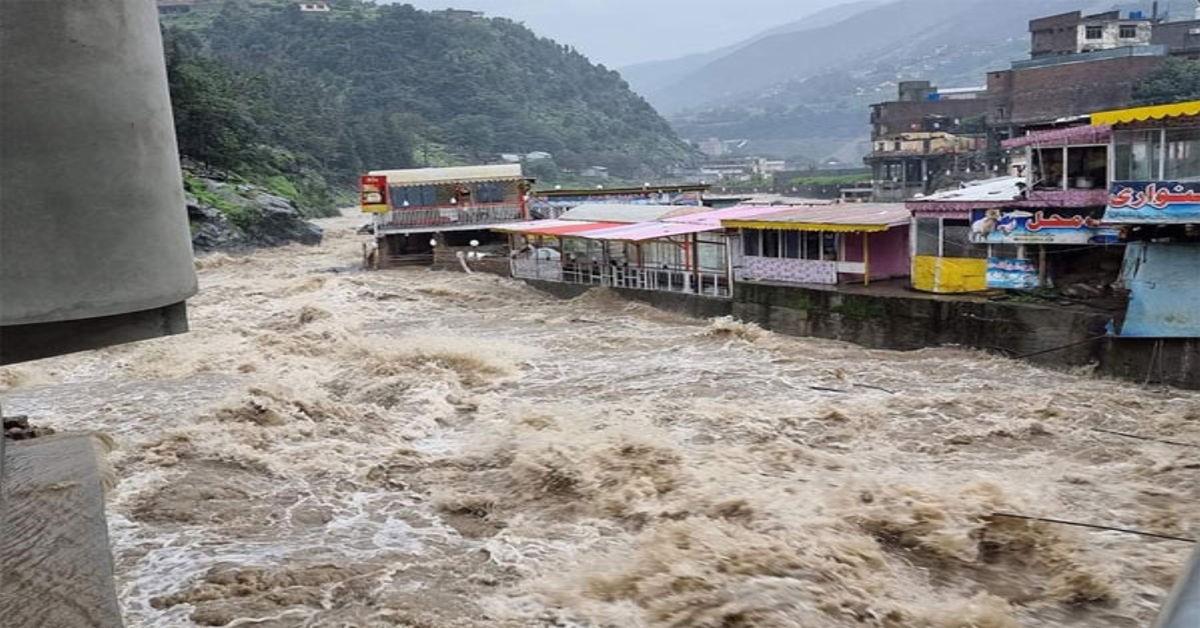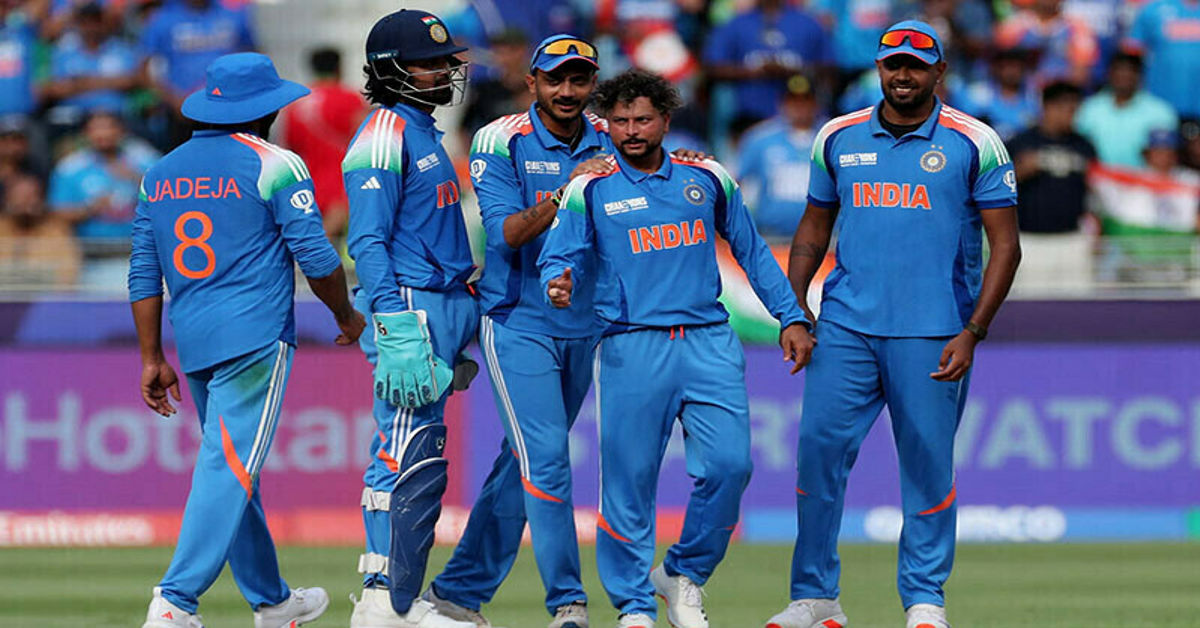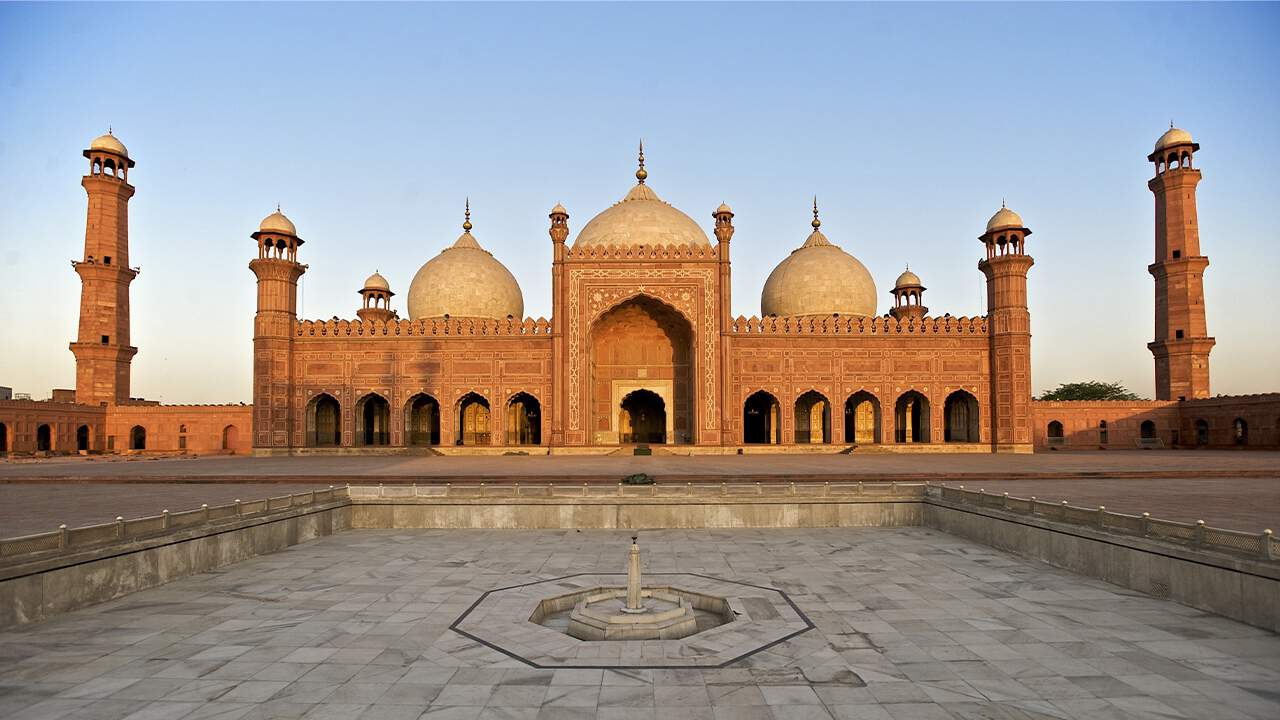
Pakistan’s landscape is a rich tapestry woven with threads of ancient civilizations, grand empires, and profound cultural shifts. For anyone with a love for the past, the many historical places in Pakistan offer a captivating journey through thousands of years of human history. From the windswept ruins of some of the world’s earliest cities to the majestic forts of Mughal emperors, every site tells a unique and compelling story. Exploring these locations is more than just sightseeing; it’s about walking in the footsteps of conquerors, mystics, and artisans who shaped the destiny of this region.
This guide will take you on a tour of some of the most significant and awe-inspiring heritage sites scattered across the country. We will uncover the secrets of ancient Buddhist monasteries, marvel at the architectural genius of the Mughals, and feel the weight of history in old walled cities. Prepare to be transported to different eras as we explore the landmarks that define Pakistan’s incredible historical legacy.
Lahore Fort and Shalimar Gardens: Mughal Splendor
Lahore, the cultural heart of Pakistan, is home to two UNESCO World Heritage Sites that epitomize Mughal grandeur: the Lahore Fort and the Shalimar Gardens. The Lahore Fort, or Shahi Qila, is a massive citadel that has been built, damaged, and rebuilt over centuries. Its walls contain a stunning collection of palaces, halls, and mosques, including the breathtaking Sheesh Mahal (Palace of Mirrors).
A short distance away, the Shalimar Gardens offer a tranquil escape. Built by Emperor Shah Jahan, these Persian-style gardens are a masterpiece of landscape architecture. With their three terraced levels, intricate water channels, and beautiful fountains, the gardens were designed as a place of royal relaxation and entertainment. Together, these two sites provide a magnificent glimpse into the opulent lifestyle of the Mughal emperors.
Mohenjo-daro: The Mound of the Dead
In the heart of Sindh province lies Mohenjo-daro, one of the most important archaeological sites in the world. Dating back to 2500 BCE, this ancient city was a major urban center of the Indus Valley Civilization. Walking through its grid-like streets, you can imagine life in one of the earliest planned cities. The site features a sophisticated drainage system, multi-story houses made of baked brick, and a large public bath, showcasing the advanced engineering and social organization of its inhabitants. It stands as a testament to the early chapters of human settlement and is a cornerstone of the many historical places in Pakistan. Visiting Mohenjo-daro is a humbling experience, connecting you directly to a civilization that thrived over 4,500 years ago.
Taxila: A Crossroads of Civilizations
Nestled near the capital, Islamabad, Taxila is an archaeological treasure trove that was once a hub of Buddhist learning and a meeting point for various cultures. For over a thousand years, Taxila was a center of Gandharan civilization, which famously blended Hellenistic and Indian artistic traditions. The area comprises the ruins of three distinct ancient cities and numerous stupas and monasteries. The Taxila Museum houses an extraordinary collection of Gandharan art, including intricate sculptures of Buddha and Bodhisattvas. Exploring the Dharmarajika Stupa or the ancient city of Sirkap, you can feel the spiritual and intellectual energy that once permeated this ancient university town.
The Walled City of Lahore: A Living Museum
Encapsulating centuries of history within its thirteen gates, the Walled City of Lahore is a vibrant, living museum. This densely populated area is a maze of narrow alleyways, bustling bazaars, and hidden havelis (traditional mansions). It is home to architectural gems like the Wazir Khan Mosque, famous for its elaborate tile work and frescoes, and the colossal Badshahi Mosque, an icon of Mughal architecture. A walk through the old city is a sensory overload in the best way possible, with the aroma of street food, the sounds of coppersmiths at work, and the sight of buildings that have stood for generations.
Rohtas Fort: A Symbol of Military Might
Located in Punjab, Rohtas Fort is a formidable 16th-century fortress built by Sher Shah Suri. This massive garrison was constructed to subdue local tribes and defend against the returning Mughal emperor, Humayun. Its imposing walls, which are up to 18 meters high and 12 meters thick, stretch for over four kilometers and are punctuated by 12 gates and 68 bastions. Unlike the ornate Mughal forts, Rohtas Fort is a stark and powerful example of Pashtun military architecture. Its sheer scale and strategic design make it one of the most impressive historical places in Pakistan and a testament to the engineering prowess of its time.
Makli Necropolis: A City of Silent Tombs
Near the city of Thatta in Sindh is the Makli Necropolis, one of the largest funerary sites in the world. Spread over 10 square kilometers, it is said to contain between 500,000 and one million tombs, built over a 400-year period. These tombs belong to royalty, Sufi saints, and esteemed scholars. The monuments showcase a remarkable fusion of architectural styles, with influences from Central Asia, Persia, and Gujarat. The sandstone and brick structures are adorned with intricate stone carvings, geometric patterns, and blue-glazed tile work, making Makli a breathtaking gallery of funerary art.
Takht-i-Bahi: A Monastic Sanctuary
Perched on a rocky hill in Khyber Pakhtunkhwa, the Buddhist monastery of Takht-i-Bahi is another jewel of the Gandhara civilization. The name means “Throne of Origins,” and its well-preserved complex dates back to the 1st century CE. It includes a main stupa, a tantric monastic chamber, and numerous votive stupas and chapels. The monastery’s elevated position not only provided a serene environment for meditation but also protected it from invasions, which is why it remains in such a remarkable state of preservation.
Conclusion
From the ancient urban planning of Mohenjo-daro to the military genius of Rohtas Fort, the story of this land is written in stone and brick. Each site offers a unique window into the diverse cultures, religions, and empires that have flourished here. Exploring these historical places in Pakistan is an enriching experience that deepens one’s appreciation for the country’s profound and multi-layered past. These landmarks are not just tourist attractions; they are invaluable assets that connect the present to a rich and storied history, reminding us of the enduring legacy of those who came before.
FAQs
1. What is the oldest historical site in Pakistan?
The Mehrgarh archaeological site, dating back to 7000 BCE, is considered one of the earliest sites with evidence of farming and herding in South Asia. However, Mohenjo-daro (c. 2500 BCE) is the most famous ancient city from the Indus Valley Civilization.
2. Are these historical places safe for tourists?
Yes, major historical sites like Lahore Fort, Taxila, and Mohenjo-daro are popular tourist destinations with established security measures. It is always wise to check local travel advisories and be aware of your surroundings, as you would when traveling anywhere.
3. What is the best time of year to visit these sites?
The best time to visit most historical places in Pakistan is during the cooler, drier months, from October to March. The weather is pleasant for outdoor exploration, especially in regions like Sindh and Punjab, which can get extremely hot in the summer.
4. How many UNESCO World Heritage Sites are in Pakistan?
Pakistan is home to six UNESCO World Heritage Sites: the archaeological ruins at Mohenjo-daro, the Buddhist ruins of Takht-i-Bahi, Taxila, the Fort and Shalimar Gardens in Lahore, the historical monuments at Makli, and Rohtas Fort.

